“The rocket will free man from his remaining chains, the chains of gravity which still tie him to this planet. It will open to him the gates of heaven.” -Wernher von Braun
Situated just 30 miles north of San Diego and nestled among the southern Californian circuitry of defense contractors, hospitals, and military installations, Rancho Santa Fe was, and is, one of the wealthiest communities in the southwest United States. Often referred to as the “Beverly Hills of San Diego,” the community has a reputation for being the idyllic coastal playground for the rich and famous, for those more polo-inclined and less gauche than their Angelean counterparts, it being of course the oldest planned community in California.
To be sure, Heaven’s Gate’s rented Spanish-Mediterranean estate at 18241 Colina Norte, Rancho Santa Fe, was replete with an in-ground swimming pool, tennis courts, a putting green, and groves of lemons, avocados, grapefruits, and oranges; perched atop one of the highest vistas offered in a posh, gated cul-de-sac. The late journalist and gumshoe Daniel Hopsicker would reveal that the Heaven’s Gate cult rented the estate from San Diego FBI informant, SAVAK weapons merchant for the Shah of Iran, and student VISA scammer Sam Koutchesfahani, who was likely connected to Abdussattar Shaikh: “The FBI's Best Chance to Uncover September 11th Before it Happened.”
Five years before the Heaven’s Gate mass suicides, intelligence asset Ian Stuart Spiro allegedly assassinated his wife and children in their Rancho Santa Fe home, execution-style, before assassinating himself, cyanide pill-style, in the Anza-Borrego Desert. At the time of his and his family’s deaths, Spiro had been liaising with and holding INSLAW and “Octopus”-related documents for Michael Riconosciuto.1 Similarly to Heaven’s Gate, the Spiro case was swiftly wrapped up with no heed paid to the politically charged circumstances of Spiro’s final days. Indeed, the “official story” as to Spiro is that he crumbled under the pressure of debt and business deals gone awry; a counterfeit history.
Most journalists seem to attribute the advent of, or at least the ritual suicidal culmination of Heaven’s Gate, to Marshall Applewhite’s purportedly repressed bisexuality or homosexuality. Reporters leave Applewhite’s and the group’s mise-en-scène largely unexamined. While it’s possible that Applewhite’s and his followers’ alleged psychosexual dysfunctions played a role in the formation of the Heaven’s Gate theology, (famously, one of the group’s religious tenants was to abstain from any sensual or sexual activity, prompting several male members to undergo castration), psychoanalytic analyses (and even academic-theological analyses) refrain from critically addressing the historical forces at play in the development of this 1970s UFO cult, and its eventual transformation into a web-developing cyberspace outfit.
Much like UFO sightings themselves, the actual reality of the ritual suicide of 39 men and women at Collina Norte (or as it’s called now: Paseo Victoria) has entered the realm of faith, a form of reality which lingers now in its most basic unit: the pixel. A heap of broken images, links, and corrupted lines of code. In order to fully appreciate the scope of the arc of Heaven’s Gate, and to attempt to understand its trajectory and finally its terminal velocity, it pays to start at the beginning. Not just with the inception of the cult, and the people who comprised it, but also with the bad moons rising on the meridian. Shall I project a world?
Marshall Herff Applewhite, Jr. was born in Spur, Texas to Louise Winfield and Marshall Herff Applewhite Sr., a Presbyterian minister. On his father’s side, Applewhite was the scion of the Colonial settler Applewhaite family of the Isle of Wight County, Virginia— directly descended from Henry Applewhaite (Applewhite) III2, a member of the House of Burgesses who possessed the largest single grant of land in Isle of Wight County and was a Captain in the Militia3. On his mother’s side, Applewhite descended from equally illustrious Virginian stock: namely, Robert Wynne4, Speaker in the House of Burgesses, and the grandson of the mayor of Canterbury across the pond5. The family also owned large sugar cane plantations in Barbados and enslaved at least 338 people thereat6. Marshall Applewhite’s maternal uncle was State Senator Henry Logan Winfield, a prominent rancher and oilman in west Texas7. (Many of Applewhite’s relatives are buried in the Bexar County, Texas masonic gardens)8.
Applewhite attended the local Corpus Christi high school and earned a bachelor’s degree in philosophy at Austin College before entering into Presbyterian seminary school and obtaining a graduate degree from the University of Colorado. He married, had two children, worked as a professor of music at several colleges, where, as the story goes, Applewhite “had already gone astray, using drugs with the (Houston) neighborhood crowd,” according to Applewhite’s old friend Ray Hill9 (“citizen provocateur,” gay rights activist, Kinsey Institute attendee, and friend of Harvey Milk10). “We’d sit around cross-legged on bean bags with incense burning,” said Hill. “Herff would talk his spiritualist stuff. The music was strange and there was a lot of chemicals— reefer, hallucinogens.” Per Hill, Applewhite was “kind of a Tim Leary type.”11
According to Harriet Rowand, the wife of a University of Alabama in Tuscaloosa music department chairman, Applewhite was fired from the university for having an affair with a male student. Rowand also claimed that “the FBI interviewed her husband at least three times in the late ‘60s and early ‘70s about the disgraced teacher’s newly acquired interest in cult activity”12, putting Applewhite on the radar of federal law enforcement well before Heaven’s Gate was even formed.
Applewhite earned a reputation for being a gifted vocalist, and many of his students seemed to have adored him for his talent and temperament. On Facebook, a former University of St. Thomas student stated: “He was one of my professors at UST and was NOT a ‘nutcase.’ Warm, talented and compassionate with the students.” Another former student commented: “Herff Applewhite was my chorus teacher @ UST, and he was a very gifted teacher; my 19 year old psyche felt like he was a very conflicted man, always having extraterrestrial experiences to share…” Another commenter shared that Applewhite had been “the vocal director at a children's theater called ‘Studio 7’ in the early 1970s. We performed kids plays out of the old Houston Music Theater (now The Arena Theater) off the SW Freeway. He actually performed in a few plays. I remember him as a very nice guy with a big booming Opera voice! I don't think anyone would have predicted that kind of crazy from Herf....”

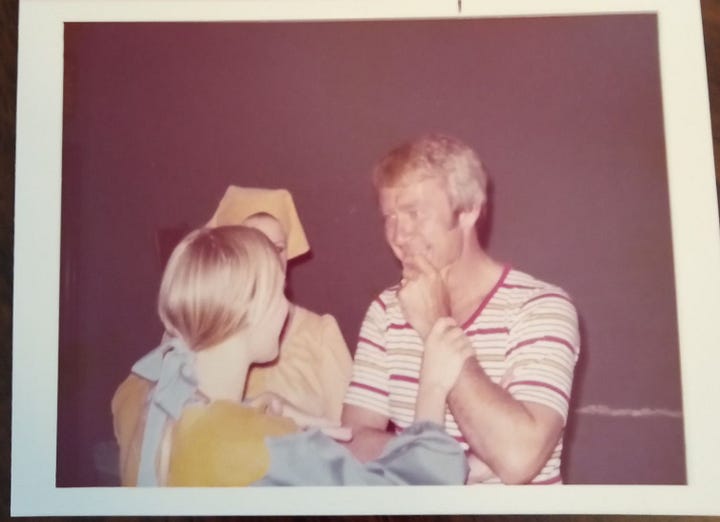
It was at Studio 7 that Applewhite worked with Patrick Swayze’s mother, Patsy Swayze, who recalled “many of the actors and actresses gossiping that their ‘normally well-spoken’ colleague was suddenly starting ‘to act strangely, talking about UFO's and preaching this strange religion.’”13 Applewhite had been a successful vocalist and a man about town in Houston- he was featured often in the society pages and played multiple leading roles for the Houston Grand Opera (once with Placido Domingo in Faust)14 accompanied by the Houston Symphony Orchestra with André Previn, the former husband of Mia Farrow, at the helm.
Little is known about Applewhite’s time spent in the United States Military Signal Corps. According to a résumé obtained by the New York Times from Applewhite’s sister, Applewhite had served in Austria and later in White Sands, New Mexico15. I requested Applewhite’s service record from the National Archives, but was informed that his personnel records were gone, likely destroyed by a calamitous fire suffered by The National Personnel Records Center in 1973 (just prior to the Church Committe and the House Select Committee on Assassinations). The fire “destroyed the major portion of records of Army military personnel for the period 1912 through 1959, and records of Air Force personnel with surnames Hubbard through Z for the period 1947 through 1963,” such that Applewhite’s complete record could not be produced or fully reconstructed.
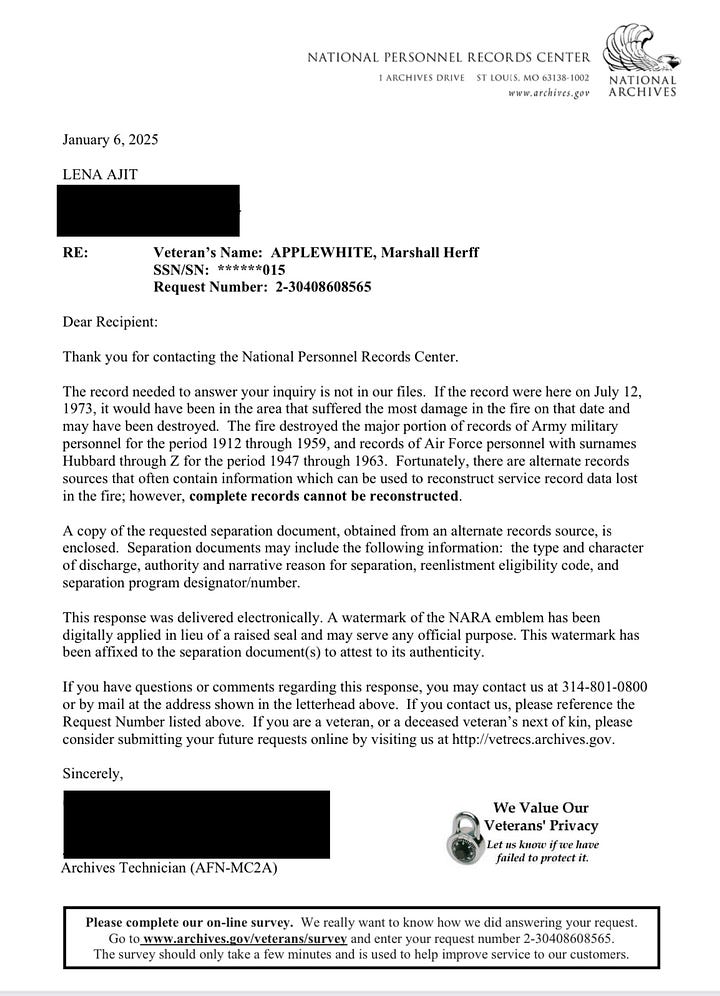
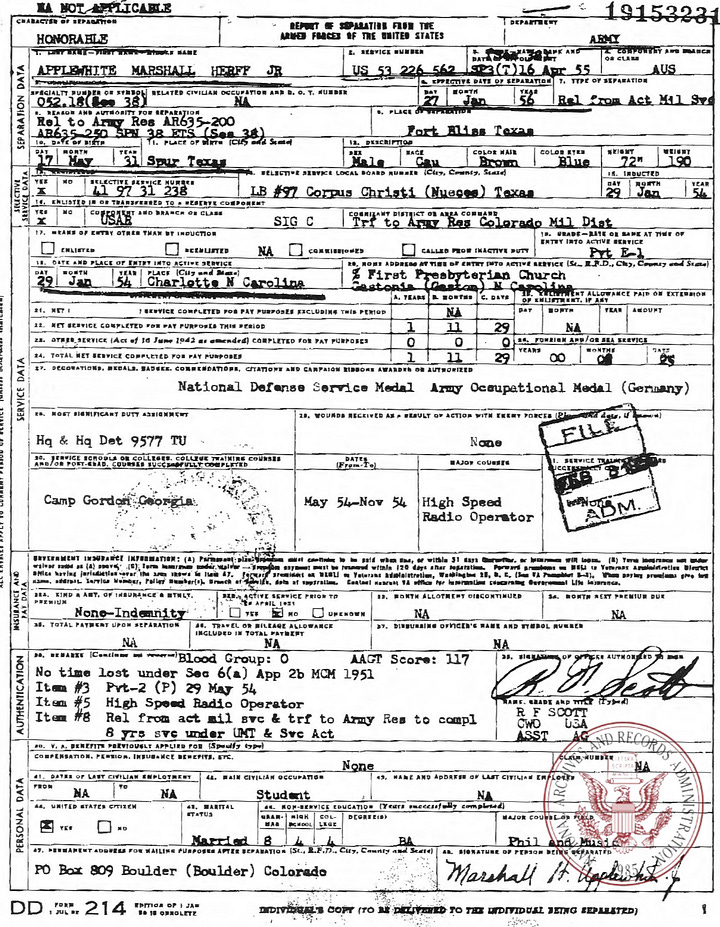
The National Archives were able to provide a DD214 separation form which didn’t contain much interesting information, except that Applewhite had been a high-speed radio operator, and was honorably discharged from active service to complete eight years of service in the Army Reserves pursuant to the Universal Military Training and Service Act of 1951. Applewhite, as a specialist third class, served as a radio communication instructor in the United States Air Force at the Salzburg, Austria Signal Communications School16, and was fluent in German17. According to a feature on Applewhite in the Houston Post in 1965, Applewhite had been an announcer for the Armed Forces Network (the War Department’s radio broadcast service).18
Applewhite’s Signal Corps sojourn in White Sands, New Mexico would apparently be his first encounter with a state he would often revisit over the course of his peripatetic life. These New Mexico encounters seem to be the least explored by journalists and media, while biographers and academics eschew any discussion of Applewhite’s military service.
If Applewhite were stationed in White Sands, New Mexico with the Army at any time during 1955 to 1956, he was likely in proximity to the largest military installation in the United States: The White Sands Proving Ground (renamed White Sands Missile Range in 1958), the “Birthplace of America’s Missile and Space Activity.”
Since 1945, at least sixteen hundred Nazi scientists and researchers, a veritable brain trust, were brought to the United States and furnished with plum research contracts at, inter alia, universities, defense contractors, CIA fronts, and military garrisons as part of Operation Paperclip19. 100 V-2 rockets, assembled by slave labor in the underground Mittelwerk factory, were transported carefully to the White Sands Proving Ground (WSPG) as part of the Hermes Project, as well as Nazi war criminal Werner von Braun and his Peenemünde rocket group20. The very first launch of the V-2 rocket on American soil occurred at White Sands in 194621, not long after the Jornada del Muerto desert had been christened by Trinity, the first detonation of a nuclear weapon by the United States Army in 194522.
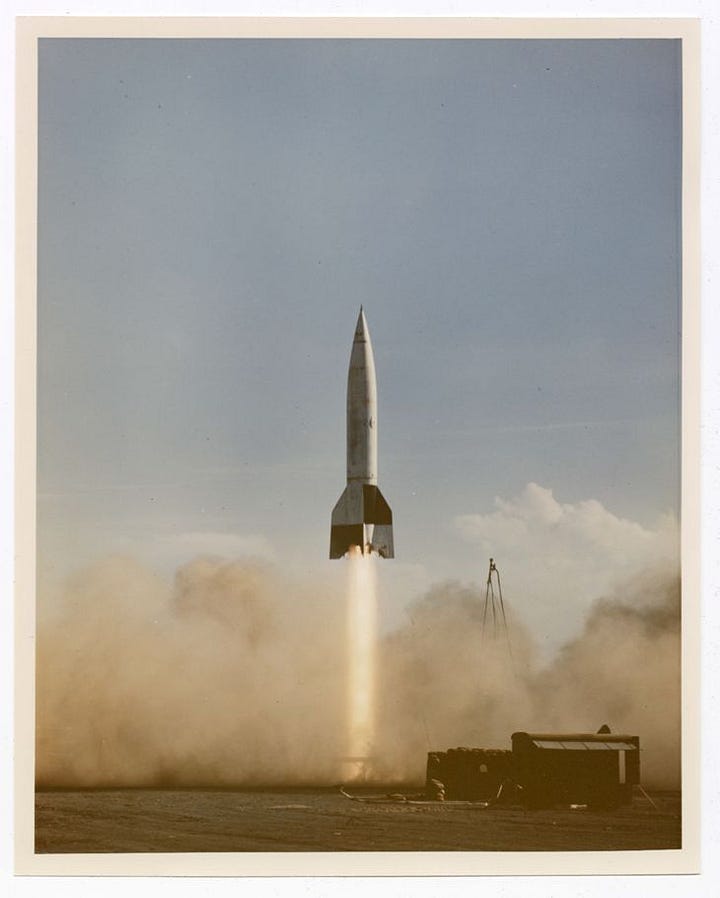
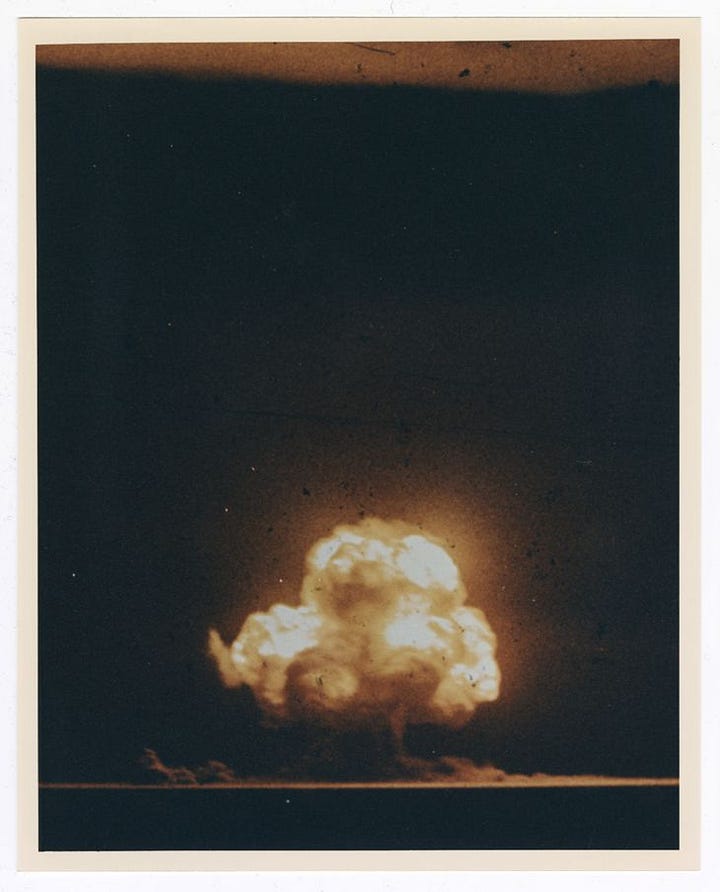
Isn’t it curious that the man who designed the motion picture cameras which recorded the Trinity test, Ivan Jerome, a White Russian inventor with top-secret contracts with the United States government, was simultaneously a prolific and unrepentant producer of sadomasochistic child sexual abuse material? The same cameras he designed for classified United States military projects, he used to record his clandestine orgies with children.
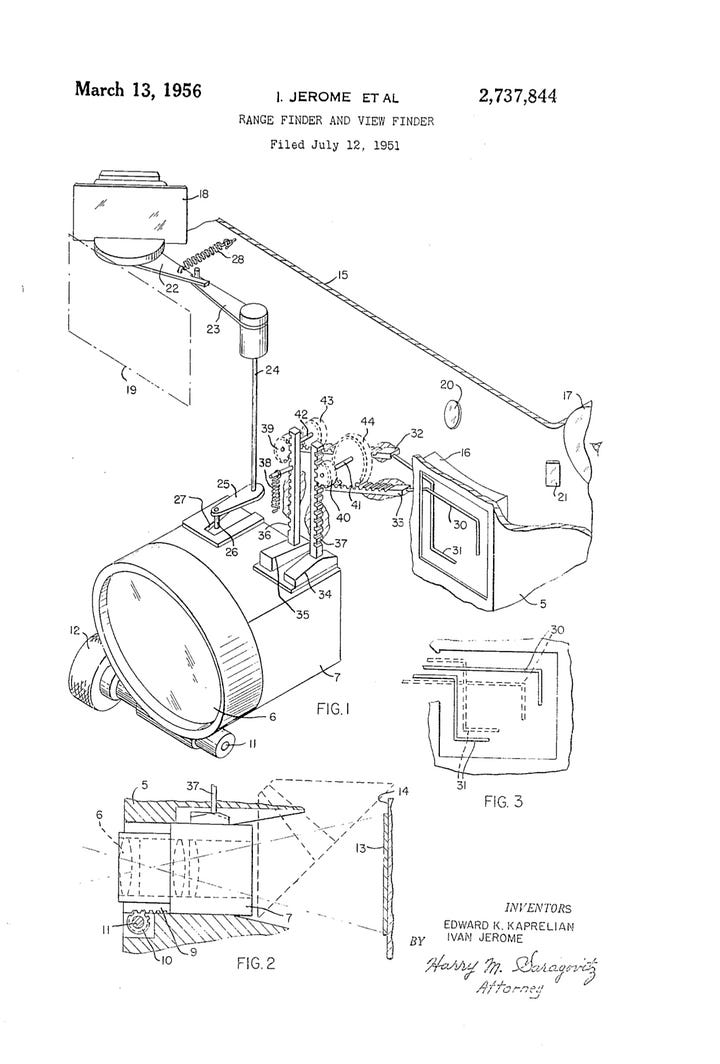

As to Herr Applewhite of the Signal Corps, it’s noteworthy that the Signal Corps only deployed to Weisse Sandwüste von Neumexiko to service the V-2’s radar. For the record, prior to the first American V-2 launch of 1946, the British enlisted some of their own German war criminals to fire two V-2s over the Baltic Sea. “The one designated to fire first developed a leak and one of the Germans crawled into the motor through the exhaust nozzle to repair the damage.”23 In a rare turn of karmic redemption, “enough of the alcoholic fumes had escaped to, as a British officer aptly put it, ‘do the blighter in.’”24 The droll British, not ones to dwell too long on the profound irony of the nazi rocketeer gassed to death within the chamber of his own suicide-rocket, launched the V-2 successfully only a few days later: the “… rocket performed in the expected manner… sans the deceased worker, of course.”25 (An inadvertent Gottfried!).
At White Sands, however, “there was some difficulty with the assembly of components which had been collected from various factories and storage sites throughout Germany.”26 The Signal Corps Engineering Laboratories (the U.S. Army’s consolidated research component on electronics, radar, and communication systems) quietly deployed a ten-man team and “two modified SCR-584 vans” to WSPG to service the first American launch, and successful tracking, of the V-2 rocket in 1946. Following the successful showing, “The Ordnance Department requested the Signal Corps to remain at the Proving Grounds for certain duties such as the provision of communication and instrumentation of ballistics.”27 If Applewhite were indeed part of a Signal Corps contingent in White Sands servicing the V-2’s progeny (the final flight of the V-2 having occurred by 1952), his fluency in German would certainly have come in handy.
“As early as 1949, (Signal Corps) personnel were permanently assigned to Ft. Bliss for signal support functions. Later, these activities were reorganized into the White Sands Signal Corps Agency in 1952. Among the duties of WSSCA was the conduct of high altitude and upper atmosphere research using the Nike Cajun rocket.”28 This certainly comports with Applewhite’s 1956 “Place of Separation” on his DD214: Ft. Bliss, Texas.
Only several years after Applewhite’s honorable discharge, the WSSCA would be “redesignated as the U.S. Army Signal Missile Support Agency (SMSA) after its size and scope of operations had doubled. SMSA was responsible for providing communication-electronic, meteorologic, and other support to WSMR as well as conducting research and development in meteorology, electronic warfare, and missile vulnerability.”29 (Applewhite’s choice of Nike Decades footwear for his group’s departure costume carries with it a twinge of the uncanny).
“What have they done in the interval / eh, to arrive by metempsychosis at…? / and there are also the conjectures of the Fortean Society” -Ezra Pound
In Virtual Government: CIA Mind Control Operations in America, Alex Constantine discusses the political-aeronautical origins of the flying foil disk. Constantine traces the “flying saucer” back to development of the “foo-fighter” overseen by Nazi General Hans Kammler, the aesthetic and technological predecessor of the American UFO, citing a 1945 report by the New York Herald Tribune and the Oslo Report (a 1939 military intelligence leak by Hans Ferdinand Mayer) which described the German development of remote-controlled projectiles, electric fuses for bombs and shells, acoustic torpedoes, and disk-shaped airfoils. Per Constantine,
“Renato Vesco, the foremost aerospace engineer in Italy in the 1960s, traced the history of the Nazi flirtation with the flying disk to the U.S. Albert Speer and the SS Technical General Staff, Vesco learned, had equipped the disks with a ‘proximate radio interference’ capability- the most widely-reported electronic effect in postwar domestic UFO abductions- to disable the sensitive electronics of American night fighters: ‘Thus a highly original flying machine was born. It was circular and armored, more or less flat and circular, whose principals of operation recalled the well-known aeolipile of Hero, which generated a great halo of luminous flames.’
The unmanned experimental disks were guided by remote television controls designed by Telefunken, in coordination with the German Institute for High Frequency Studies and Blaupunkt…”30
Of course, the remote-controlled disk technology was transplanted, alongside the V-2 and other fascist technologies, to the United States under Operations Paperclip and LUSTY. Dr. Alexander Lippisch, one of the Paperclip scientists who took up residence at White Sands31, had developed disk-shaped, wingless aircraft with vertical lift capabilities at the Gottingen Aviation Institute32. The aforementioned pedophile pornographer and defense contractor Ivan Jerome, who built the first helicopter for the U.S. Airforce in 1922, claimed to have invented a “flying saucer” himself in 1923 while at Wright-Patterson Air Force Base, later another major port of call for Paperclip Nazis. Jerome’s “flying saucer” or “flying crane” consisted of “Four B-36 airplane wings… joined in the shape of a cross, with a total wingspan of 250 feet… Each wing… powered with three 3000 horsepower motors driving standard B-36 propellers.”33
It’s hardly surprising that many early UFO sightings of “flying saucers” in New Mexico from the 1940s to 1950s are in proximity to the White Sands Proving Ground. The most well-known of these incidents is perhaps Aerojet contractor Daniel Fry’s alleged contact at White Sands with an oblate spheroid which purportedly divulged to Fry certain arcane, theosophically-tinged secrets of the Earth’s prehistory which later formed the ideological basis for Fry’s new age Understanding, Inc. UFO cult. (I won’t be going much into Fry and Understanding, Inc. here, but for those interested Jenna on X has an interesting thread detailing the intersections between some Kennedy assassination operators and UFO lore.).
To be sure, Paperclip scientists’ work was not restricted to simply aerospace. Author Linda Hunt in Secret Agenda: The United States Government, Nazi Scientists, and Project Paperclip notes that “By 1951, in the midst of the Korean War, the Paperclip scientists’ primary job was to locate plants and poisons that could be turned into new hallucinogenic mind-control drugs.”34 In a 2002 article for High Times, Constanine makes the case for the abductee experience as cover for mind control experimentation:
“Short-term memory dissolution proved to be an imperfect science. Abductees often struggle through it to recall details every bit as traumatic as experimentation in the Nazi camps. The 1976 Allagash abductions, for instance, involving four men, all professional artists in their 20s, night-fishing in the wilderness of northern Maine. Two of them were twins (long a fascination of Nazi eugenicists). The UFO approached.... The Allegash Four could remember nothing of the kidnap, but before long the nightmares began. They dreamed of "alien" abductors and invasive surgical procedures. Before long, they recalled hypnotic suggestions to forget the experience, the return to their canoe. One of the men woke up one morning with a tumor on his leg. It was surgically removed and sent to the Armed Forces Institute of Pathology for an opinion. Later, the hospital could not explain why the tumor had been sent to a military lab. When the abductee requested his X-rays, the hospital refused to turn them over.
Concentration camps were once used for medical experimentation. In the absence of a Dachau, a highly sophisticated, classified escape vehicle and a fancy brain zapper will do. It was very nearly the perfect crime. There would be loose ends, of course, and the inevitable blowback ...”35
Constantine postulated that UFO “clean-up crews” were assembled to “tidy up” the inevitable blowback. “One approach to cloaking the origins and purpose of the program was the use of ‘experts’ to gaslight the public and reinforce the post-hypnotic programming of the subjects,”36 said Constantine.
“A welter of ‘experts,’ most of them with CIA, military or Nazi roots, cropped up like poison weeds to deflect attention from the black core of the Project. The most prominent was C.G. Jung, founder of analytical psychology. In his book Flying Saucer, published in 1959 by Harcourt, Jung attributed the UFOs to group hallucinations or "visual rumors" akin to visions of the Virgin Mary. Prior to WW II, Jung was the leader of a secret occult lodge that pandered anti-Semitic myths of Aryan supremacy, Thule-style, lavishly funded by Edith Rockefeller McCormick, daughter of John D. Rockefeller and heir to the International Harvester fortune… Like Jung, proliferating CIA and military intelligence psyop teams diverted attention from classified air machines and human experimentation conducted by doctors from Dachau on Americans, all with federal sanction”37
After his discharge from the Army and reported psychiatric hospitalization, “Applewhite had undergone several mystical experiences… but seemed unable to find the words or framework for explaining them. According to one account recollected by a friend…, Applewhite had had a visionary experience and needed help processing and interpreting. ‘He said a presence had given him all the knowledge of where the human race had come from and where it was going. It made you laugh to hear it, but Herff was serious. And he didn’t seem crazy.’”38 Sociologists who had infiltrated Applewhite’s group in the 70s noted that “Applewhite had experienced ‘strange voices, and later bizarre dreams and out-of-body experiences.’”39 Did Applewhite, like Daniel Fry, experience contact with a cosmic entity at White Sands, his mind-control UFO-homiletics synthesized by the historical alchemy of Nazi aerospace technology and esotericism? During the course of his later travels, Applewhite once confided in a Charlotte, North Carolina man that he had been contacted by aliens in a national park: “… He was walking along a trail, it was cold and there was snow on the ground. All of a sudden he got so hot he took his jacket off and there was a burning bush… the spirit that made it so warm gave him a message that he should try to improve himself.”40
Many who knew Applewhite before his infamy registered an inability to reconcile the cult leader with the steady, warm, gifted man they knew. Bill McMinn, a philosophy professor at the University of Alabama, remembered Applewhite as an “exceptional person and a delight to know,” and that Applewhite “was interested in science, but also interested in astral aspects, mystical science, and kind of esoteric in his faith.”41 Fred Goossen, a former colleague of Applewhite’s at the University of Alabama, averred that Applewhite had undergone a “fundamental psychological change” after he left the University, insisting that “The person who’s been reported and the Herff Applewhite I knew are just not the same person.”
Applewhite was not the only member of his group to have served in the military, or to have engaged in defense work. Professionally, many of the members of what came to be known as Heaven’s Gate were accomplished engineers and computer scientists who likely played unsung, but salient roles in the development of the architecture of the ARPANET at Berkeley and UCLA, and later designed important programs used by many cell phones and pagers of the 90s. These individuals’ backgrounds will be explored in later installments, but to grasp the significance of their academic and professional circumstances, and ultimately the group’s digital politics, it’s a necessary undertaking to conceive of universities such as Berkeley and UCLA themselves as defense contractors, the internet as a refined weapon of military-industrial control, and how exactly it came to be this way.
Why the hallowed ground of Silicon Valley? In the popular imagination, Silicon Valley as sacred cradle of technological development took form in the 1960s and 1970s with Apple and Intel; for nerds and/or obsessives, this cluster of accumulated wealth began symbolically with the formation of the Hewlett-Packard Company in 1939; for our purposes, the “ancient forces of greed and fear” had been chiseling away at and extracting from the Valley in organized fashion since at least the Gold Rush times, for “nowhere else has the upheaval most shamelessly caused by capitalist centralization taken place with such speed.”42
It was the “cultural peculiarities of the things demanded— novel forms of mining equipment and lumbering equipment” which defined the region’s “development of new techniques and innovations in mining equipment such as hydraulic pumps, air compressors, hoisting gear, crushers, and amalgamators.”43 As labor struggle fomented, the professional-academic caste of the electrical and hydraulic power industries differentiated itself from the “out of touch” east coast by forming location-specific professional organizations and guilds such as the Pacific Coast Electric Transmission Association and technical journals such as “the weekly Mining and Scientific Press (in its 48th volume by 1884), Engineer: a Monthly Journal Devoted to the Mechanical Arts and Sciences (1876), and Journal of Electricity, Power and Gas (1898), which published the Pacific Coast Electric Transmission Association's proceedings.”44
By 1909, the first Valley electronics company, Federal Telegraph Co. (FTC) took root in Palo Alto, whereat Lee De Forest’s innovation of the Triode, a tube amplifier, marked the incipience of Vacuum Tube Valley. In the aftermath of the Spanish-American War, FTC provided to the US Navy radio equipment for the networking of its new imperial conquests around the world: “… the company became intertwined with both War and State Departments in an effort to wrest global communications away from British hegemony.”45 Under contract with the Navy, FTC thus connected “America’s off-shore bases in the Philippines, Guam, Hawaii, Samoa, Puerto Rico, Cuba, and the Panama Canal Zone.”46 At the time, “The United Kingdom controlled two-thirds of undersea cables, and London was the corporate HQ of radio pioneer Guglielmo Marconi,” which prompted the Navy in 1918 to prop up the wavering FTC by commandeering FTCs stations and patents in order to “keep them out of the hands of the Marconi radio empire.”47 Withal, “FTC became ‘an industrial extension of American foreign policy,’ especially in Latin America where the US moved to dominate radio in a tech updating of the Monroe Doctrine.”48
The next blow to British radio monopoly came in 1919 with the formation of The Radio Corporation of America (originally a patent trust held in part by United Fruit Company), which was termed publicly a “reorganization,” but was more like a Navy-lead coup of the American Marconi subsidiary. By the 1950s, newspapers began reporting not on the naval origins of RCA, but on its unusually chummy relationship with the US Signal Corps:
“Key patents on which RCA’s radar and television tubes are based has long been the subject of scrutiny inside the Justice Department, and at one time a criminal suit was considered against the giant TV-radio manufacturer. This was based on the signal corps contention that RCA had appropriated one of the most important secrets ever developed by the signal corps— radar.
What happened was that the signal corps, during the years 1932-1936, developed the then revolutionary ability to look into space through radar. Later, William D. Hershberger, a signal corps civilian who had worked on radar, resigned and turned up on the payroll of RCA. Following this, on Jan. 11, 1938, RCA filed for the basic patent on radar listing as inventors William D. Hershberger and I. Wolf, a laboratory man for RCA.”49
After World War II, “the Army consulted with the patent office and the Justice Department about bringing a suit against RCA. Suddenly, however, the Army cooled off. Simultaneously, the head of the signal corps, Gen. Harry Ingles, retired on March 31, 1947, later became president of RCA Communications, Inc… After that, the Army began to alibi for RCA and the criminal aspect of the suit was dropped.”50 And all along, RCA was presided over in various capacities by David Sarnoff, famed cold warrior and Reserve Brigadier General of the Signal Corps51.
The nascent digital age required a particularized economic apparatus to sustain it. Vannevar Bush’s Office of Scientific Research and Development (OSRD) (which housed the Manhattan Project under its auspices) would establish extensive, de facto federal funding for domestic scientific research, and it was through this economic relationship that universities (such as Stanford, MIT, Harvard, UCLA, Berkeley, Caltech, etc.) became the consorts of the defense industry and intelligence agencies through universities’ subsidized production of weapons system research and development. Sans venture capital and public offerings, funding for emerging companies necessarily relied upon the close relationship between universities and military, intelligence agencies, and defense contractors. If the applications of technology originally produced for military purposes could be profitable on a commercial level (like radar), a system of funding and organization would be required to nurture not only the proliferation of bleeding edge technology, but also systems of evaluation and management to regulate the selection and incubation of these companies (i.e., the organization of labor itself). Thus configured, post-OSRD blossomed the first venture capital (VC) firms52, thereby outmoding the scientific patronage of wealthy philanthropists who often operated through foundations skewed toward dispersing donations to the east coast. From these arrangements were born revolutionary advents in weaponry; one of the most prolific was the internet.
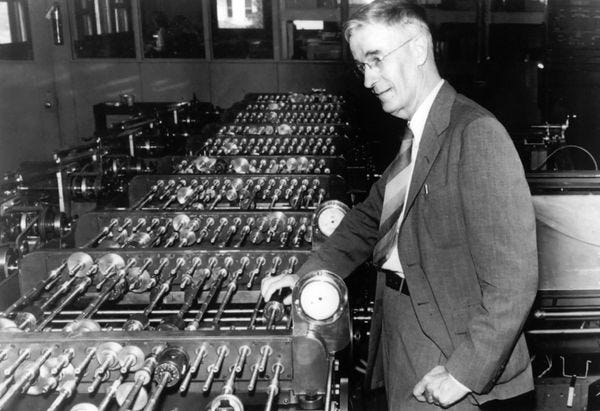
Per Yasha Levine in Surveillance Valley: The Secret Military History of the Internet,
“America’s early warning radar system was sparse and full of holes. The process of tracking airplanes was done by hand: uniformed military men sitting in dark rooms filled with cigarette smoke, watching primitive green radar screens, barking out coordinates and jotting them down on glass boards, and then radioing commands to pilots. The system would be useless in the face of a large, targeted nuclear attack by air.”53
Digitized radar information and real-time computing across great distances were needed for such an early warning system, and MIT’s Lincoln Laboratory (which incubated Norbert Wiener’s cybernetics) was put to work to develop SAGE: The Semi-Automatic Ground Environment. (Fittingly, it was Wiener’s study of anti-aircraft technologies which lead to his development of cybernetics).
SAGE was the most extensive computer system ever designed, and the first computer network in history.
SAGE was controlled by two dozen ‘Direction Centers’ located strategically around the country. These giant nuclear-proof concrete bunkers housed two IBM computers that together cost $4 billion in today’s dollars, weighed six hundred tons, and took up an acre of floor space; one was always on standby in case the other failed. Each control center employed hundreds of people and was connected to land-based and coastal radar arrays, missile silos, and nearby interceptor aircraft bases. The system could track up to four hundred airplanes in real time, scramble fighter jets, launch Nike missiles, and aim antiaircraft cannons. SAGE was the eyes, ears, and brains of a massive weapon. It was also the first nationwide computerized surveillance machine—surveillance in the broader sense: a system that collected information from remote sensors, analyzed it, and allowed the military to act on the intelligence it produced.”54

The Stanford Research Institute (SRI), specifically Douglas Engelbart’s Augmentation Research Center (ARC), became a major player in the newfound world of computer science and cybernetics inventing not only “hypertext links, multiuser real-time word processing, video conferencing, and, most notably, the computer mouse,” but jumpstarting “a whole range of networking projects, efforts that would lead directly to the creation of the Internet. One of these was a $1.5 million joint UCLA–UC Berkeley initiative to develop software and hardware for a network that connected multiple computers to multiple users. As a funding proposal explained, this research would be used directly to improve military networks, including the National Military Command System, which was then a new communication system linking the military to the president.”55 To be sure, SRI and ARC promulgated computer science as a field of research and study in its own right, following the directive of Vannevar Bush’s OSRD: “The long-term research contracts the ARPA Command and Control Research division handed out to research teams helped seed the creation of independent computer science departments in universities across the country and tied them closely, through funding and personnel, to the US military establishment.”56
And so, Gold Rush Valley became Vacuum Tube Valley became Silicon Valley; and American Marconi turned into RCA turned into the Signal Corps turned into General Electric; and FTC turned into the US Navy turned into Mackay turned into ITT; and the infinite shuffling of executives, mergers and acquisitions, the amalgamating interchange of patents, the churn of replacement and reincarnation of vacuum tubes to transistors to silicon chips. À la the paradox that Plutarch describes in Life of Theseus:
“The ship on which Theseus sailed… the thirty-oared galley, was preserved by the Athenians down to the time of Demetrius Phalereus. They took away the old timbers from time to time, and put new and sound ones in their places, so that the vessel became a standing illustration for the philosophers in the mooted question of growth, some declaring that it remained the same, others that it was not the same vessel.”57
The Stewart Brands, Douglas Englebarts, Electronic Fronter Foundation types, and really anyone on the Gates payroll will tell you that “information wants to be free” and that all the internet really is, is counterculture manifest as technology; that the counterculture itself is an organic phenomenon (like, the liberal progression of history wherein “things just happen”), and the internet is a completely different vessel than her military forebears. With ARPANET mapped over the existing SAGE nodes, American V-2 rockets reconstituted from nose cone to guidance system with parts built by Nazi slave labor, Nike Cajun bases repurposed as behavioral modification centers58, is there any question that this is not the same ship? This ship, though she flies a flag of convenience, also waves a banner in the spirit of in hoc signo vinces: the black sun’s jolly roger of sorts (which bears a striking resemblance to a dark reversal of a solar good luck symbol once associated with prosperity, but which now portends quite the opposite).
Conveniently, it was Stewart Brand, former Army parachutist, Merry Prankster, and proprietor of the Whole Earth Catalog, who ran cover for Stanford’s Artificial Intelligence Laboratory:
At the time, the atmosphere around Stanford was charged with anti-ARPA sentiment. The university had just come off a wave of violent antiwar protests against military research and recruitment on campus. Activists from Students for a Democratic Society specifically targeted the Stanford Research Institute— a major ARPA contractor deeply involved in everything from the ARPANET to chemical weapons and counterinsurgency— and forced the university to cut official ties. To many on campus, ARPA was the enemy. Brand disagreed.59
“Spacewar, Fanatic Life and Symbolic Death Among the Computer Bums,”60 waxed Brand in his 1972 ARPA-evangelism for Rolling Stone. Per Levine, Brand
“… set out to convince the magazine’s young and trend setting readership that ARPA was not some big bureaucratic bummer connected to America’s war machine but instead was part of an ‘astonishingly enlightened research program’ that just happened to be run by the Pentagon. The people he was hanging with at the Stanford AI lab were not soulless computer engineers working for a military contractor. They were hippies and rebels, counterculture types with long hair and beards. They decorated their cubicles with psychedelic art posters and leaflets against the Vietnam War. They read Tolkien and smoked pot. They were ‘hackers’ and ‘computer bums… full of freedom and weirdness.… These are heads, most of them,’ wrote Brand… They might be stuck in a computer lab on a Pentagon salary, but they were not there to serve the military. They were there to bring peace to the world, not through protest or political action but through technology… ‘Ready or not, computers are coming to the people. That’s good news, maybe the best since psychedelics’…”61
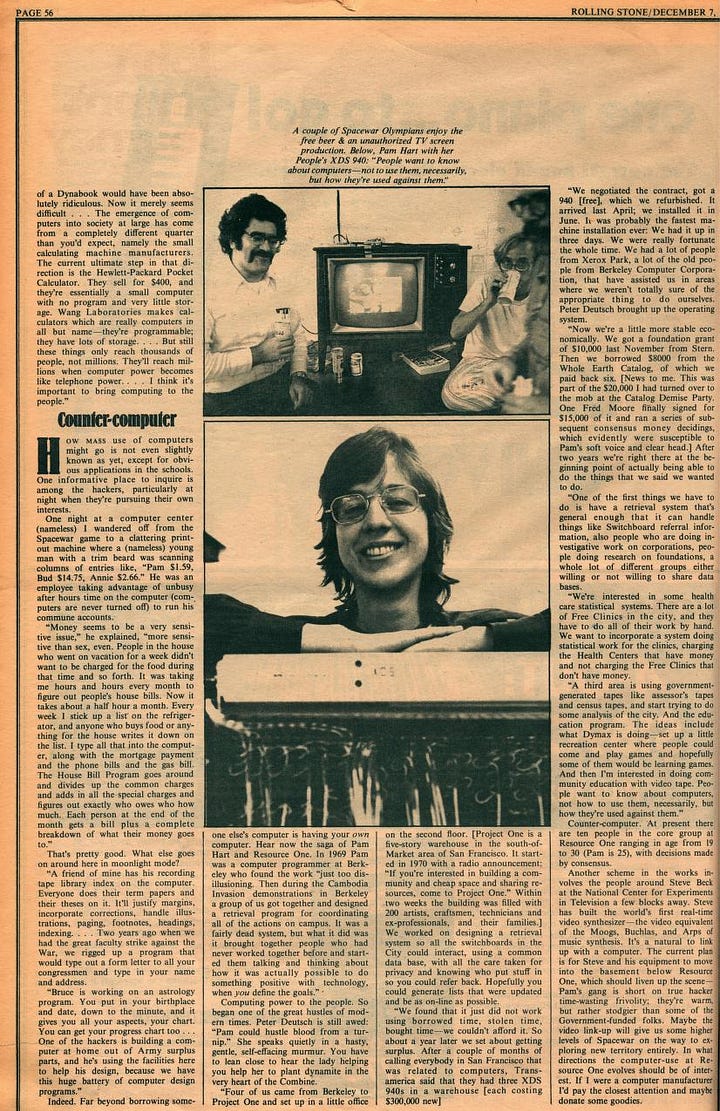
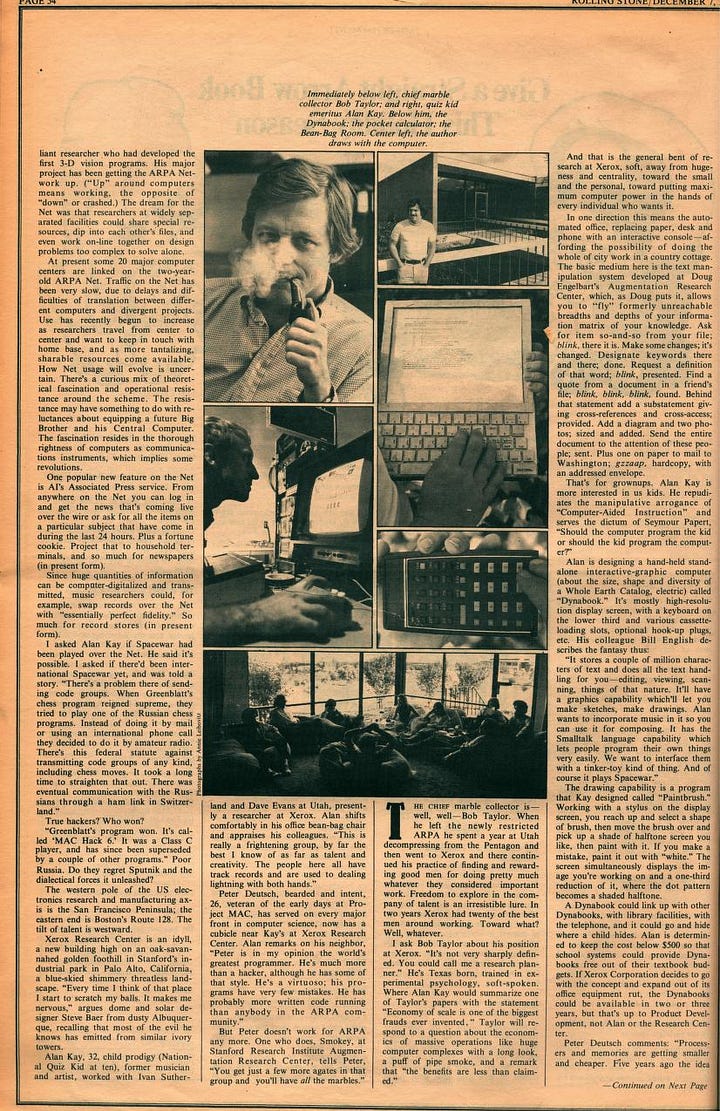
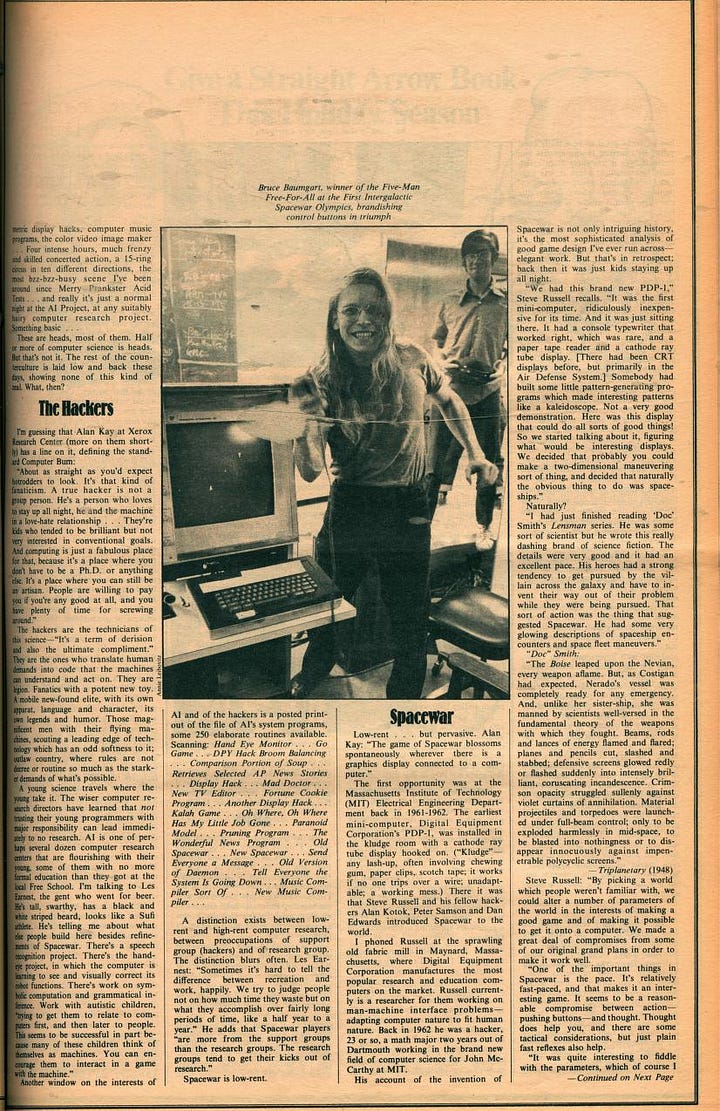
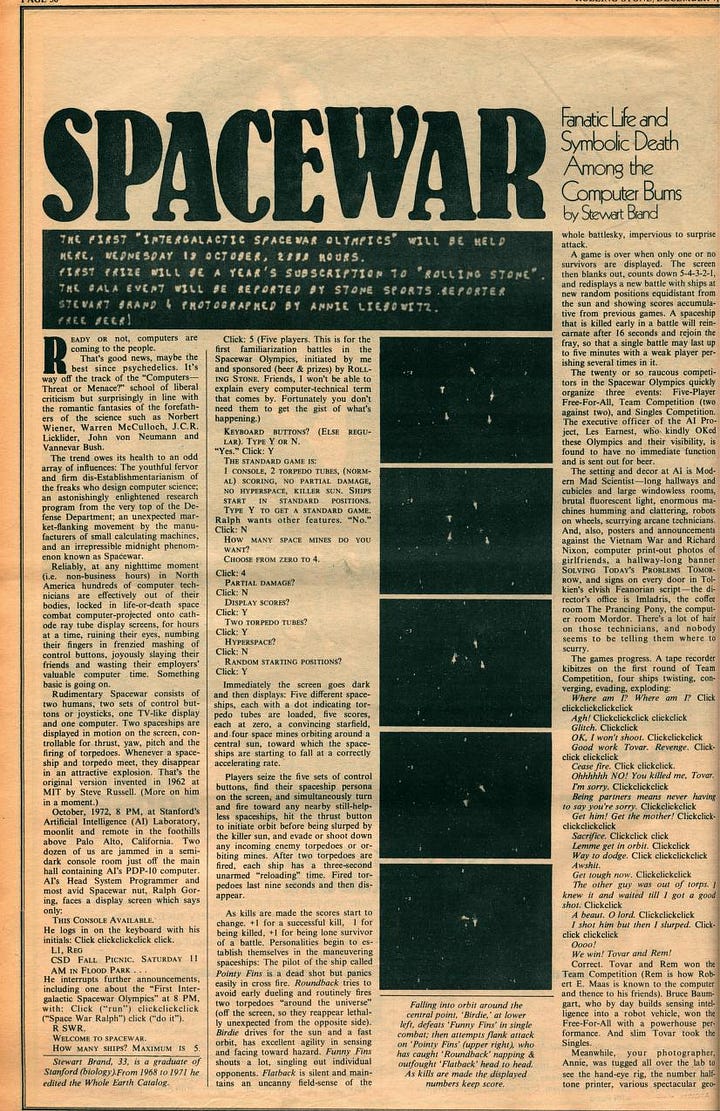
Levine’s Surveillance Valley adroitly navigates the history of the inception of the internet as counter-insurgency measure born out of data visualization and processing techniques first deployed in the Phoenix Program. Computer technology and the infant internet were designed to “better wage ‘limited war’ and counterinsurgency to combat the ‘multidimensional Communist challenge— in paramilitary warfare, in psychological warfare, and in the conventional and nuclear field.’”62
In 1964, the United States Army began a counterinsurgency study called Methods for Predicting and Influencing Social Change and Internal War Potential, code named Project Camelot, funded by the Special Operations Research Office (SORO) at American University. SORO was itself a creation Army's Psychological Warfare office. (In fact, it was at first called the Psychological and Guerrilla Warfare Research Office, PSYGRO). Employing a team of intellectuals and academics, Project Camelot was designed to measure and forecast “the causes of revolutions and insurgency in underdeveloped areas of the world,” to “find ways of eliminating the causes, or coping with the revolutions and insurgencies,” “to test a general systems approach to predicting and influencing instability in several Latin American countries.”63 From Levine by way of journalist Joy Rohde, Camelot’s “ultimate goal” was “to build a radar system for left-wing revolutions— a computerized early warning system that could predict and prevent political movements before they ever got off the ground.”64 This would be instrumentalized through use of “POLITICA,” a Pentagon-funded computer program “designed to reproduce the role of the military and other factions in the politics and economic dynamics of a nation by structuring the roles of major national actors and groups, placing them in conflict or cooperation in a game environment and identifying from the resulting interaction the societal and human variables relevant to the study of incipient insurgency. By sequential search of various patterns of variables under various initial conditions, the game is designed to highlight those variables decisive for the description, indication, prediction, and control of internal revolutionary conflict.”65
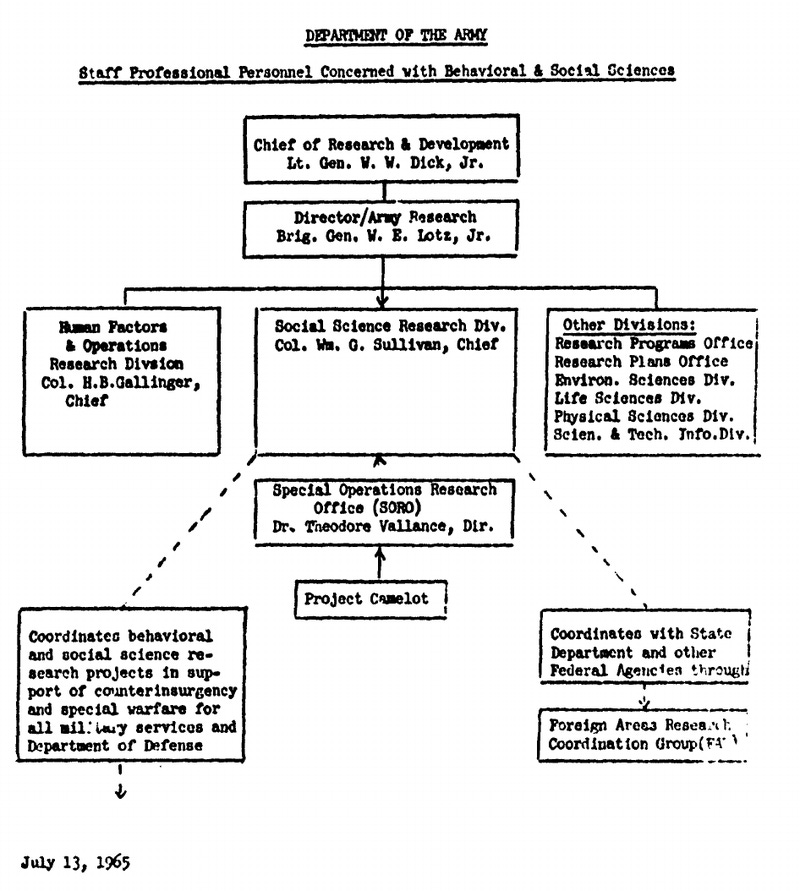
The project ultimately suffered from some bad PR (Latin American newspapers denounced it as coup-fomenting imperialist espionage) due in part to the heavy-handed, obfuscatory approach taken by ex-pat anthropologist Hugo Nutini toward Chilean academics, and thus the plug on the project was rather publicly pulled.66 The way it’s told is that after this snafu, the Pentagon learned its lesson about meddling with other countries’ affairs and never again tried to use computers to wargame counter-revolution and operationalize digital systems of control. (Bad for international relations, diplomacy, etc.)67. This would also be the first and last time that prominent sociologists and anthropologists would dirty their hands with unwitting participation in regime change-type antics. (It’s worth noting that many of the participating academics absolved themselves ex post facto of any responsibility for their involvement with Camelot. Indeed, many seem to have conceived of themselves as “reformers,” playing a sort of white hat role mediating and liberalizing the more hardline approach of the Army).68
Despite the public floundering of Camelot, the development of cybernetic strategies of counterinsurgency continued unabated and with more discretion. According to Levine, “In 1968, (J. C. R. Licklider’s) Cambridge Project at MIT picked up where Camelot left off.”69 Indeed,
“… computing technology had advanced to a point where it could help the military use data to fight insurgencies. The Cambridge Project included several components. It ran a common operating system and a suite of standard programs custom-tailored to the military’s “behavioral science mission” that could be accessed from any computer with an ARPANET connection. It was a kind of stripped-down 1960s version of Palantir, the powerful data mining, surveillance, and prediction software the military and intelligence planners use today. The project also funded various efforts to use these programs in ways that were beneficial to the military, including compiling various intelligence databases.”70
On October 29, 1969, the first ARPANET node blinked to life, joining Stanford and UCLA. In only two years, more than fifteen nodes would be added to the network. By the 1980s, ARPANET was handed off to the National Science Foundation, “a federal agency created by Congress in 1950 with a mission to ‘promote the progress of science’ and ‘secure the national defense,’ becoming NSFNET.71 In a strange way, Applewhite’s progression from the Signal Corps to charismatic leader of a cyber-cult only mirrored the very transmogrification of the defense industry itself.
“If everything in this dream of prerevolution was in fact doomed to end and the faithless money-driven world to reassert its control over all the lives it felt entitled to touch, fondle, and molest, it would be agents like these, dutiful and silent, out doing the shitwork, who'd make it happen.
Was it possible, that at every gathering— concert, peace rally, love-in, be-in, and freak-in, here, up north, back east, wherever— those dark crews had been busy all along, reclaiming the music, the resistance to power, the sexual desire from epic to everyday, all they could sweep up, for the ancient forces of greed and fear?” -Thomas Pynchon
Just as journalists and academics neglect to mention Applewhite’s military service in New Mexico, so too do they either ignore or simply gloss over his return to New Mexico, post-discharge. After the breakdown of his professorial career and the dissolution of his marriage and family life, Applewhite inexplicably resurfaced, on “sabbatical,” in Taos, New Mexico in or around 1970 where he helped build and run a restaurant called The Sunshine Company. Taos residents recalled Applewhite as being “very charming and very good-looking” and that the women of Taos were “crazy over him.”72 Dennis Robbins, who worked for Applewhite at The Sunshine Co., recalled that “He (Applewhite) had women falling all over him… He was charming people even then.”73 Applewhite hobnobbed with the artists and intelligentsia (including Taos socialite Benjamin Hazard and artists Jim Wagner and Charles Thwaites)74, attending and throwing soirées for the Taos Opera Guild75.
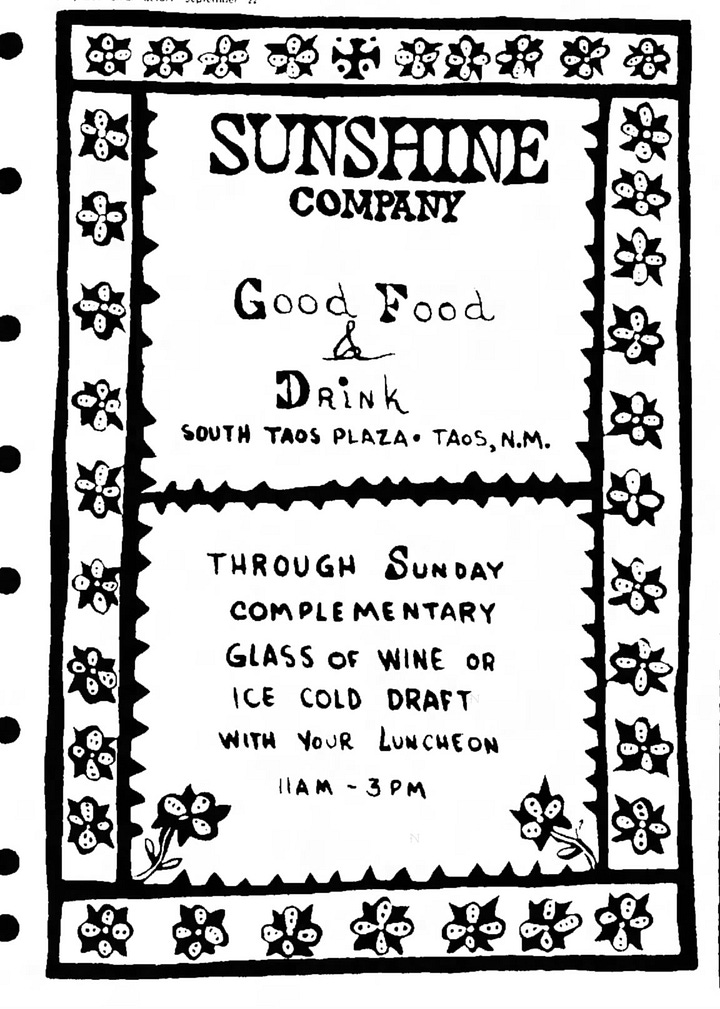
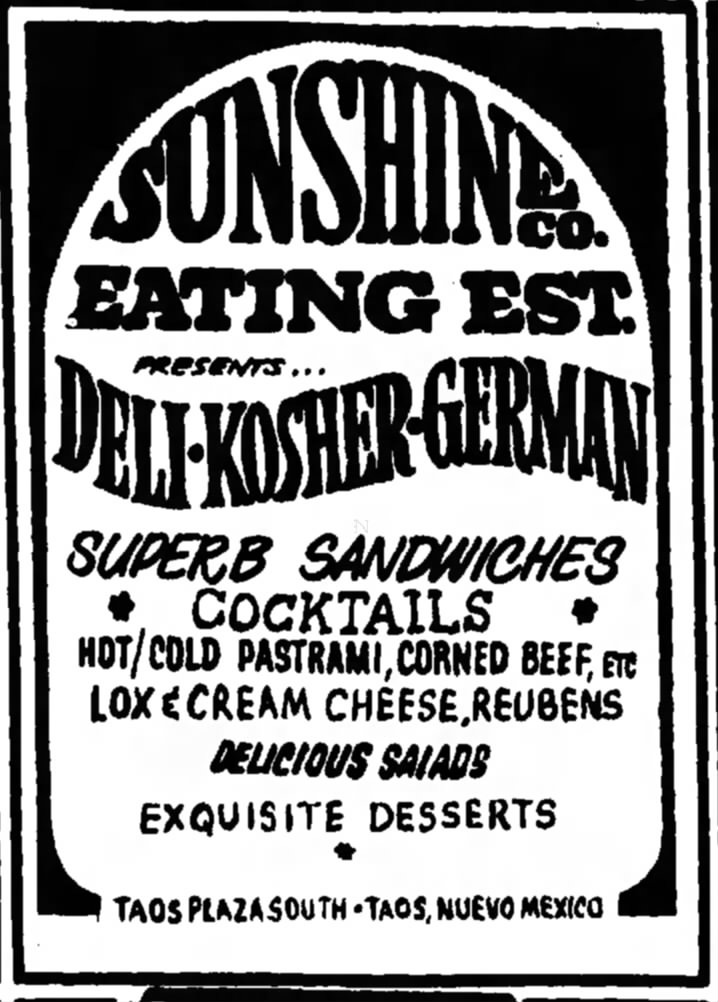
According to Taos resident and business owner Bill Whaley, The Sunshine Co. was an “early California-sort of vegetarian and light meals place” that Applewhite operated c. 1970 to 197176. Robbins described the restaurant as more of a “ratskeller,” (German for a tavern-like establishment, apparently) and as a very popular “upper-scale funk bar.”77 The Sunshine Co. advertised the summer of ‘71 in The Taos News the piano stylings of Virgil Dixon and his friends78; in a 2008 blog, a former Army lieutenant recalls a road trip of his in the summer of ‘71 through Taos and happening upon “a small bistro, fairly lively but not overcrowded,” called The Sunshine Company. Nursing a beer, the lieutenant sat at a table proximate to a stage on which a comedian, clad in all black, delivered a series of irreverent japes ranging from discussion of parochial school to drugs to religion. “When he got onto serious theological stuff, I nearly fell out of my chair,” said the lieutenant. “I finished my beer, and waved to the waitress to get another. When she delivered it, I asked who was the comedian. ‘That's George Carlin,’ she said. ‘He's a friend of the owner and he's doing the gig for free.’”79
The Sunshine Co. may have been a slightly seedier joint than your average hippie California-style brunch spot, or even a ratskeller, for it was also probed, less than a year after Applewhite’s tenure there, by the New Mexico State Police Narcotics Investigation Division for alleged narcotics trafficking. “Certain people who frequent it have been under investigation, believed to be involved in narcotics,” reported New Mexico State Police Sergeant Tommy Holder.80 The State Police investigation revealed the 1972 owner of The Sunshine Co. to be Harvey Mudd II, a scion of the ultra-blueblood Mudd family (which counts among its members a Dr. Samuel Mudd, one of the conspirators in the Lincoln assassination; Roger Mudd, a prominent journalist for CBS who was present at the assassination of Robert F. Kennedy at the Ambassador Hotel; and Harvey Seeley Mudd I, one of the initial investors in the Cyprus Mines Corporation and eponymous benefactor of Harvey Mudd College. Interestingly, Harvey Seeley Mudd I was a trustee of The American Heritage Foundation’s “Crusade for Freedom,” the anti-communist psywar CIA funding conduit to Radio Free Europe, masterminded by Frank Wisner and others81).
As to the narcotics probe into Mudd’s eatery, and him as an alleged heroin dealer, Mudd dismissed the New Mexico State Police’s prying as political retaliation for Mudd’s lobbying in regard to the control of certain land subdivisions. Mudd claimed that an unidentified, hostile, and possibly organized crime-connected Albuquerque business orchestrated a byzantine plot against him: “Several ‘hippy types’ were recruited (under dramatic, clandestine circumstances), to plant cocaine or heroin in the offices of the Central Clearing House,” wrote Mudd in an attempt at self-exoneration in a local Santa Fe newspaper guest column. Mudd’s own in-house investigation of the origin of the aforesaid cocaine and heroin apparently unearthed this sordid plot.82
As for The Sunshine Co.’s narcotics-associated patrons, police acted on search warrants and grand jury indictments to round up conspirators in the distribution of LSD and other psychedelics. The Taos conspirators who had frequented Applewhite’s and Mudd’s establishment were members of the local New Buffalo and Hog Farm communes.83
Harvey Mudd II grew up in Ojai, California where he attended the elite Thacher boarding school before earning a bachelor’s degree from the New School for Social Research in New York City in the 1960s84. After graduating, Mudd spent several years in Army Counterintelligence85, and upon discharge involved himself “in the peace movement in New York City and worked ‘on the periphery’ of Eugene McCarthy’s 1968 campaign for presidency,’”86 before heading on down to Taos, New Mexico where he sought to “help mediate the crisis” in regard to the “Hippie invasion of Taos”87 by funneling his vast fortune into the commercial and artistic development of Taos as a countercultural outpost for the middle-class dispossessed. Mudd also founded and directed the Central Clearing House— an influential environmental lobbying group. Where the east coast had Billy Mellon Hitchcock, the southwest had Harvey Mudd II. As Harvey Mudd immersed himself in the burgeoning bohemian artist milieu of Taos, his father, Henry T. Mudd, one of the main financial backers for Richard Nixon’s 1962 campaign for governor88 , regular Bohemian Grove attendee and member of the Council on Foreign Relations89, presided over the family’s Cyprus Mines Corporation.
The Mudd family’s Cyprus Mines played a key role in the armament of the Wehrmacht, providing imports of copper concentrates and pyrites to Nazi Germany well into the late 1930s.90 Non-ferrous metals, such as nickel and copper, “were indispensable for waging war because they were used in most of the commodities demanded by the Wehrmacht, including shells, armoured steel, and electrical equipment.”91 After years of squalid working conditions, both Greek and Turkish Cypriot workers of the Cyprus Mines went on strike in 1948 for more than three months. “Two thousand Greek and Turkish Cypriots took part in the protests, including women and children. Authorities opened fire on the miners on March 8 and arrested and imprisoned 76 men and women for up to two years.”92
Back in Taos, Harvey Mudd used his trust fund derived from quelling Cypriot labor rebellion to swell his Taos County landholdings to around 570 acres— playing landlord on the Taos Plaza and squeezing his tenants for exorbitant rents93. Though Mudd owned multiple properties in Taos County, he also resided at the New Buffalo commune94, which served as the inspiration for Dennis Hopper’s and Peter Fonda’s Easy Rider. (In fact, in the early 70s, Hopper even took up residence in Taos at the Mabel Dodge Luhan House).
In his introduction to Iris Keltz’s Scrapbook of a Taos Hippie, Ed Sanders notes that the commune movement “found particular grace (as well as strong opposition) in the mountains near Taos, a town of a few thousand souls in north central New Mexico at an altitude of about 7,000 feet, and 55 miles north of Santa Fe… It is a place where people talked openly about being in ‘God’s country’— where boundaries seemed numinal rather than those recorded on deeds at the County Clerk’s office.”95 For the communards, Taos had “a kind of spiritual topography to the placing of roots… and somehow the curves of the brain flowed out and fit in with its contours, escarpments, shapes, smells, seasons, flora and fauna, drainage and heritage.”96
To be sure, Taos County at the time was home to dozens of communes (e.g., Wavy Gravy’s Hog Farm, The Reality Construction Company, New Buffalo, Lama Foundation, Lorien, etc.) and was tellingly termed by poet Robert Creeley “the goyim’s Israel.”97 The bulk of the hippie settling of Taos, though the historical record is awash with communard nostalgia, was seemingly openly colonial: “Taos in particular was like the Third World back then,” said Rick Klein, co-founder of the New Buffalo commune. “Aside from a few artists, there wasn’t much Anglo influence…”98 Many of the first wave of Taos settlers, specifically the commune proprietors, were Stanford economics graduates, children of wealthy coastal families with trust funds to burn, ex-military bums, Aquarian new-age gurus— all bent on erecting themselves as the landholding-aesthete caste on the Anglo-deprived frontier. The colonio-hippification of Taos in the 60s and 70s was met with sometimes violent resistance from the local Hispanic population, a class antagonism cutely referred to by locals as the “Hippie-Chicano War” which allegedly spurred the eventual dissipation of the Taos communes. “Nearby Hispanic communities resented the communards, perceiving that they came from prosperous backgrounds yet chose to live in poverty, that they flaunted social norms, that they were unhygienic, sex-crazed dope fiends, and that they might negatively affect the economically important local tourist industry. Incidents such as dynamiting, arson, and telephone threats occurred.”99 Hippie-preferential news joints allege that “The conflict came to a head when one nearby commune member was murdered, two others beaten, and a third raped. Soon after, the pace of commune establishment slowed and cultural conflicts became less salient,” but make no reference to any actual details of the aforesaid murder. (That’s not to say these events never took place, but it’s also worth noting that a highly publicized 1975 alleged rape of an “Anglo woman” by a “Taos Pueblo Indian” resulted in the acquittal of the accused)100.
Many of the communards who weathered the Hippie-Chicano War unsurprisingly became the landlords, business owners, and tourist industry profiteers of 80s to present day Taos, having bought up choice land and historic buildings on the cheap many years ago, awaiting the town’s Aspen-ization by way of its nearby snow-capped slopes. (Case in point is Charles “Chick” Lonsdale III, son of a vice-president of the U.S. Chamber of Commerce and founder of the Lorien commune, who became a prominent real estate broker in New Mexico— his chapter in the Scrapbook titled “From Capitalist to Communist and Back”101). Other communards split. The crown jewel of Mudd’s Taos landholdings was the 80-acre Lobo Ranch in Arroyo Hondo which he sold to Phil DeCaro, a CIA operative who had proudly participated in the Bay of Pigs.102
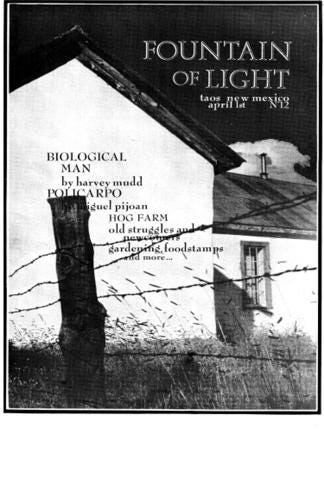
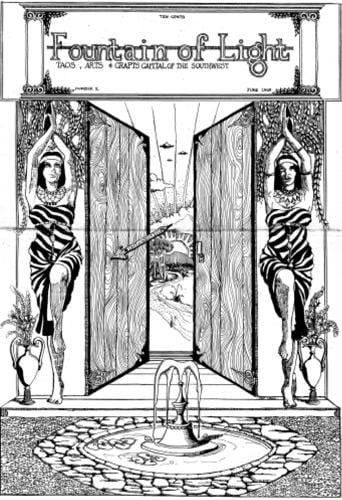
While in Taos, Mudd contributed to the Fountain of Light magazine, an underground hippie tabloid which published the first iteration of Richard Alpert’s Be Here Now (Alpert had actually helped form the aforementioned Lama Foundation). Fountain of Light was established by The Family and Lorien communes:
“Seeing a need for services to the hippies who were descending on Taos in droves, The Family prevailed upon a wealthy local counterculturalist— one of the young heirs who played such vital roles in sponsoring communes— to underwrite a natural foods general store, a free medical clinic, an alternative newspaper called the Fountain of Light, and a sort of hippie switchboard, the Taos Community Information Center. The group also ran an alternative school.”103
Jim Levy, a writer and poet, took over Fountain of Light aiming to expand its musings to local news. Similarly to Harvey Mudd, Jim Levy spent his adolescence in the gilded cradle of The Thacher School in Ojai. According to his online biography, Levy married “the woman who became Pema Chödrön,” and later moved to Taos to become part of the town’s counterculture vanguard. (Levy and Mudd became fast friends, and worked in tandem on the Fountain of Light). By 1970, the paper’s benefactor, the aforementioned Charles “Chick” Lonsdale (an Aquarian new age guru, Stanford graduate in psychology and economics, Jungian therapist, and founder of the Lorien Commune) had run through his $250,000 inheritance. Fountain of light was shuttered, as were other small ventures for which Lonsdale had footed the bill.
Having run into what felt like a dead-end as to Applewhite’s time in Taos, I reached out to both Harvey Mudd and Jim Levy, hoping they might shed some light on Applewhite’s activities, associations: anything, really. Mudd never responded to my queries. Levy, on the other hand, informed me that he “never met Applewhite and know about him only from stories I've heard. And I don't know anyone here to suggest.” I thanked Levy for his response, and asked: “Any chance you might be able to share any stories about him that you’ve heard around? I know that he operated the Sunshine Co. in Taos Plaza c. 1970-1971, and that Harvey Mudd owned the Sunshine at the same time or shortly after, but I haven’t heard much else in the way of stories.” My prying met an end when Levy retorted, “Lena, I am 84 and can't remember the stories. I forwarded your emails to Harvey and he responded that he too can't remember anything. But he has your emails. If he wants to add anything he will. Otherwise I think he and I are dead ends.”
Levy’s terse response and Mudd’s outright refusal to engage with me stuck in my craw. Did they really not remember anything about Applewhite? Not even stories? Taos was a small town, and it strained credulity that Mudd wouldn’t remember such a notorious former associate of his. Since Mudd ignored my requests for an interview, I was compelled to purchase a used copy of his 2018 memoir Leaving My Self Behind (which Mudd partially dedicated to Levy) in an attempt to glean insight into his time in Taos and how he came to either rent to or buy from Marshall Applewhite The Sunshine Co. (Amusingly, the used copy of Leaving My Self Behind that I obtained had been inscribed by Mudd with a dedication to his son, who had apparently given up the book for adoption).
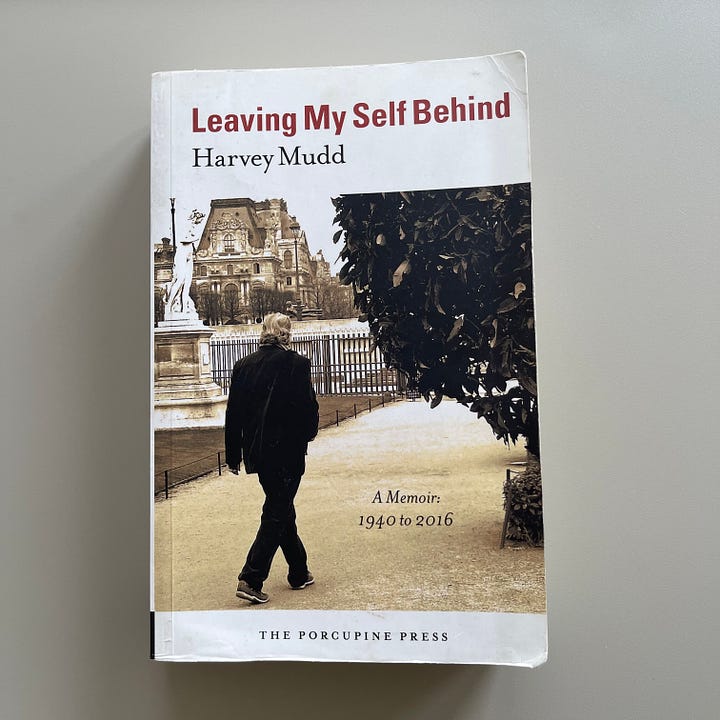
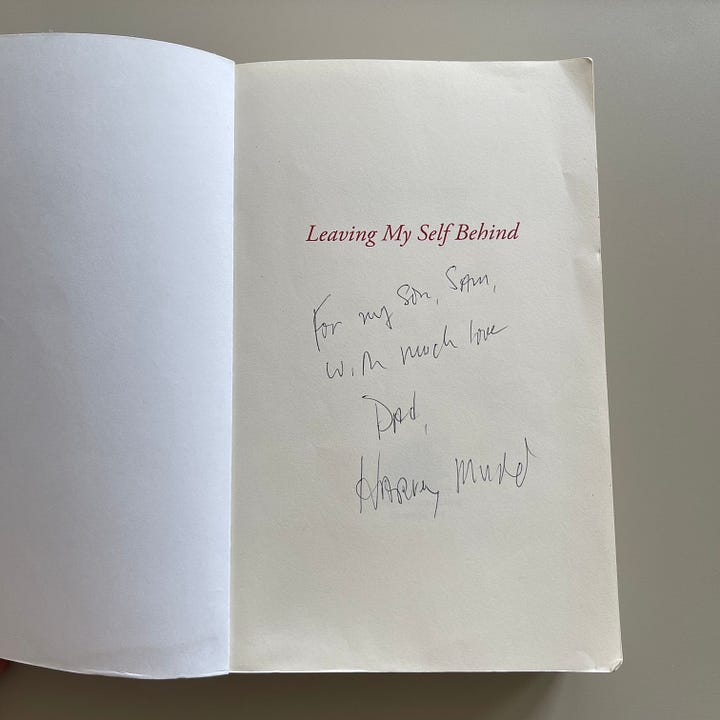
I soon found that the very existence of The Sunshine Co. is left out entirely of Mudd’s memoir, even when he discusses at length the narcotics probe he faced in 1972, which had to do unequivocally with The Sunshine Co. and its clientele. In fact, Mudd elides over discussion of this fact completely— an omission which struck me as odd, considering that Mudd insists in Leaving Myself that he (and later Levy, to whom Mudd delegated the operation of Mudd’s enterprises after Mudd became more immersed in environmental politics) personally ran “a gangly mini conglomerate” of businesses, which included a bar on the Taos Plaza. Mudd and Applewhite shared another subterranean connection: both were ex-Army and stationed at Fort Bliss! (Applewhite in the Signal Corps; Mudd in Intelligence, and only a few years apart).104
My initial bemusement by Levy’s reaction to my simple questions and Mudd’s avoidance gave way to wariness as I made my way through Mudd’s memoir in which he describes being trained in “various aspects of military counterintelligence”; that his assignment at Ft. Bliss was “in the area of personnel security,” assessing whether “a soldier or civilian employee of the Department of Defense might be a security risk” (i.e., rooting out reds); his mentoring by an Air Force colonel stationed at Holloman Air Force Base in Alamogordo, New Mexico105. Mudd even reveals that his father was an acquaintance of former CIA Director John McCone, and that Mudd himself wondered if his father or the family’s Cyprus Mines “had any financial interest in Chilean copper or any involvement with the 1973 coup.”106 Can you really expect someone with such a pedigree and training in counterintelligence, as Mudd openly admits in his memoir, to be straight with you?
I recalled Ed Sanders’ wise comments and directive in the Scrapbook:
“The communes of New Mexico of course grew up not far from the most secret and guarded facilities of the military-industrial-surrealist-complex— the nuclear research labs at Los Alamos and Sandia, and possibly at other places we still might not know about. Military intelligence agents, on the look for Russkie spies, international trouble makers and Mossad agents, undoubtedly kept an eye on the communes of New Mexico. In addition, the communes of the Taos area grew up at a time when the FBI was putting into action its COINTELPRO program against the New Left and the underground community. It was around then that the CIA domestic CHAOS program targeted the underground press for destruction…
It’s not known what, if any, military intelligence, FBI or CIA operatives were present in the Taos communes, perhaps stirring up strife and discomfort. They were masters at strife-stir. It’s a field of investigation- now that the Cold War is over for now— that’s ripe for researchers”107
Could Mudd have been one of the military intelligence operatives helping to shape and monitor the culture of the Taos communes? A handler for Marshall Applewhite? Mudd had certainly stirred up a lot of strife in Taos during his time there, and didn’t want to talk much about it— especially when it came to Applewhite. Then there was Mudd’s and Levy’s proximity to a commune called “The Family,” (which would set off alarm bells for any paranoid), by way of Fountain of Light. Histories of the 60s Taos communes indicate that The Family and the Lorien Commune were behind the periodical, and that The Family was also involved in a free clinic for hippies, a natural food shop, and a sort of “switchboard.” I almost didn’t look further into the circumstances of The Family, but when I learned that they were involved with the operation of the Taos Free Clinic (later renamed La Clinica), which Sanders lumped in with its California parallel the Haight-Ashbury Free Clinic108, my paranoia compounded, as did my curiosity.
In Scrapbook, Chick Lonsdale describes how he “bought the medical supplies to help La Clinica get started” and that it was a “cooperative venture with Drs. Kilgore and Rosen…”109 While Lonsdale states he was involved with multiple communes in Taos, he was not a member of The Family, though he remained supportive of their endeavors. According to Lonsdale, “They (The Family) provided the volunteer assistance for a variety of activities from auto repair to selling The Fountain of Light around town. They worked as receptionists at La Clinica…” Lonsdale described The Family as “quite a focused group and quite promiscuous compared to Lorien. They had what they called a group marriage. The 35 or so people who lived in that commune shared each other sexually,” adding: “It was a different moral system.”110
Little in the way of biographical information is available to read in regard to The Family’s mores, spare a memoir by a woman named Margaret Hollenbach who claims have been a part of the Taos commune in 1970. Hollenbach recounts that The Family’s leader was a man who called himself Lord Byron, an “ex-con who… may have learned his manipulative techniques while doing time for armed robbery in San Quentin prison.” For The Family, “the core group activity is ‘the Gestalt,’ wherein any member who is having ‘problems’ might be called to the hot seat and grilled by the community.”
The name of the commune, The Family, niggled at me and I could have sworn I’d encountered it before (and not just with Manson, the Children of God, or that whole Australian endeavor where those hippies were feeding LSD to kids). Indeed, Yasha Levine had actually mentioned the very same commune in Surveillance Valley:
“Formed by students from UC Berkeley in 1967, The Family quickly transformed into a rigid hierarchy, with men addressed with titles like “sir” and “Lord,” and women forced to wear skirts and assigned conservative gender-based work: cooking, child care, and washing. A founding member who called himself Lord Byron presided over the group and reserved the right to have sex with any woman in the commune.”111
Levine included The Family as an example of the cybernetic-libertarian dream run amok, one of the many communes that experienced the dramatic inversion of their “upbeat youthful experiments into repressive environment,” the “cybernetic structures that these groups imposed on themselves, rules that were supposed to flatten and equalize power relations among members and lead to a harmonious new society, produced the opposite result…”112 But was The Family really an “upbeat youthful experiment” gone wrong, or something more sinister from the start?
According to The Taos News in 1969, the cooperative venture that was the Taos Free Clinic was privately funded and subsidized by “the Taos County Health Department, a group of California physicians, the ‘Church of Macrobiotic Sciences’ and local physicians.”113 Beyond Dr. Rosen and Dr. Kilgore, newspapers named a Joseph Sage (a non-doctor) as a member of the clinic’s board of directors. Yet, in the newspaper archives, there was no mention of The Family’s involvement with the free clinic— just the Church of Macrobiotic Sciences. Were “The Family” and the “Church of Macrobiotic Sciences” one and the same?
Before joining the Manson Family on the Spahn Ranch, Linda Kasabian experimented first with commune living in Taos. After the Tate murders, Kasabian reportedly fled back to Taos where she confided the slaughter at Cielo Drive to Joe Sage, a monk at a Taos-based Zen Buddhist “macrobiotic” commune. Sage is mentioned briefly as a “colorful character” and kindly monk-type with a “reputation for helping people”114 in Vincent Bugliosi’s snow job Helter Skelter: The True Story of the Manson Murders and goes unmentioned in Tom O’Neill’s Chaos. (Bugliosi also mentions that upon her return to Taos, Kasabian “found her husband living with another girl in a commune at Lorien…,”115 which was Chick Lonsdale’s joint). In The Family: The Story of Charles Manson's Dune Buggy Attack Battalion, Ed Sanders mentions Kasabian’s intention to “establish a permanent home… at the Church of Macrobiotics located a ranch near Taos, New Mexico”116, but never mentions Sage by name— a curious fact considering Sanders wrote the introduction to Scrapbook in which Sage’s “church” and “family” are featured; Sanders also invokes by name in the introduction Sage’s free clinic.
Kasabian’s confession to Sage, allegedly the first revelation of the Manson Family’s culpability in the murders of Sharon Tate, et al., was not told in an unaltered state, but rather under a sort of meditative trance that Sage had induced in her. “When she told me about the murders, I didn’t believe her,” said Sage to Berkeley Barb reporter Kathleen Nemetz.117 “Those were the days when everybody was on acid and people told some pretty weird stories when they tripped… We put her into deep mediation… Her story was bizarre, but on hearing it the second time, we thought she might be telling the truth…” While in hypnotic stupor, Kasabian was prompted to return to the belly of the beast: “Sage said while Kasabian was still in the meditative state he gave her a suggestion to go home and tell her mother’s attorney of the murders.” Sage then “gave her $100 to return to Los Angeles,” and “called the Spahn Ranch and talked to Manson.” Even stranger, “Sage… apparently never told any authorities about her story,” claiming that his role as a priest hearing a confession prevented him from doing so.118 Further confounding Sage’s role in Kasabian’s post-murder posture, Kasabian testified at trial that not only had Sage paid for her plane fare, but that he had also paid $600 for her attorney.119
I got in touch with Ron Schulz, a former member of Sage’s macrobiotic commune in Taos. While rooting around the internet for info on Sage, I found Ron through his comments on multiple online platforms, including Tom O’Neill’s website, searching, like me, for the scoop on Sage. I immediately knew I wanted to speak with Ron, since he had speculated that Sage may have been involved in MK-ULTRA-type experiments.
Ron kindly shared with me a letter he had sent to Tom O’Neill, which neatly described his experience as party of The Family and the group’s connection to Manson:
Dear Tom O’Neill,
I very much enjoyed your book, although I was amused by your hesitancy to embrace the ‘conspiracy’ aspects of the case at first, as MKULTA and CHAOS, etc., have been well documented over the years. Planning and conspiring is the backbone of human social history, after all, so necessary to those in power or attempting to get there.
My memoir is coming out this summer, detailing my time in May 1969 with Joseph Sage, mentioned in Helter Skelter as an acquaintance of Manson. Joe was another messianic dictator and some of Charlie’s girls passed through his place, although I’m unsure of their names or if they returned to participate in any of the mayhem in California. That’s where I first heard of Manson, the Son of Man, as they called him. Soon after an intense short man emanating a dark, terrifying energy came to our door, asking for Joe who wasn’t home. He obviously tried to overawe me, asking me whether I’d had anything to do with Negroes, a strange out of the blue question. His demeanor told me he didn’t like them and something about the way I’d greeted him at the door must have roused his animosity. The interaction was brief, but it stuck in my mind.
After the murders later in the year, I was reminded of him and wondered if it could have been Manson or another male member of his tribe. I’m six-two and had to look down at the intense fellow, but cannot be sure it was Charlie, there were quite a number of ego-tripping conmen loose on the landscape.
Sage also called his group the “family,” listed as such in the book Scrapbook of a Taos Hippie and he advocated open sexuality with all of us sleeping side by side in one room. He used Heinlein’s Stranger in a Strange Land as the Bible, but macrobiotics was his principal obsession and we opened a restaurant in town.
Ours was not an unwashed bunch, we had all the modern conveniences, more so than our native and Chicano neighbors. With all attention on food, Sage was consumed by an anger that popped up promiscuously at almost anyone. His neglect of basic personal skills seemed behind the failure to keep hold of his Good Karma restaurant back in California, which he blamed on his thieving partners.
Ultimately, he scapegoated and drove me away after I simply tried to discuss the divisiveness of all the bad vibes.
I’m left to wonder at the connections Joe and Charlie had to each other and the sinister forces that may have been manipulating them, whether as agents provocateurs, mind experiments or other strategies to manipulate the counterculture.
Anything you know about Joe and the Taos scene would be of deep interest to me. Anyway, for the sake of unraveling true history, your book needs a sequel.
Very truly,
Ron Schulz
Tom O’Neill never responded. When I asked Ron which of the Manson girls visited Sage’s commune, Ron said that he couldn’t recall their names, but that there had been three. “One gave me a nice massage,” said Ron, “and chattered away about a group under a leader “Manson, son of man” that stuck in my mind…” According to Ron, “Sage vented a lot of hostility on them.” Ron was seventeen at the time, “feeling (his) way best as (he) could, bumbling into a society that attracted (him),” but was repelled by Sage’s “explosive and unreasonable temper.” Much like “Lord Byron,” Sage reveled in his command over the sexuality of the young female commune members, while simultaneously machinating the divide between others.
Like Mudd, Sage’s proximity to death cults and his participation in 60s and 70s Taos hippie counterculture becomes more dubious when one considers his background (as to which there is a relative dearth of information). According to the Santa Fe New Mexican in 1965, Sage had been in the Air Force in World War II, studied at the University of Mexico under then communist painter Pablo O’Higgins, and before opening an art gallery in Taos had operated The One-Fourth Gallery in New Orleans, Louisiana.120 According to Sage’s obituary, he served in the Marine Corps from 1942 to 1962121, which means that immediately upon discharge, Sage immersed himself in the burgeoning counterculture milieu specifically in proximity to leftists and communists. Beyond publishing some crudely-crafted poems in the Marine Corps periodical The Leatherneck, Sage didn’t otherwise demonstrate any real artistic knack, so why the University of Mexico? Why an art gallery in New Orleans?
Sage’s possible role as an intelligence-affiliated “strife-stirrer,” as Sanders eloquently put it, solidified in my mind in a major way when I found Sage’s name in Jim Garrison’s files, included in one of Andrew Sciambra’s investigative memoranda as to Lee Harvey Oswald’s army buddy, co-founder of Discordianism, and likely Kennedy assassination conspirator Kerry Thornley. Sage had apparently frequented The Bourbon House and had been seen in the company of Thornley. (Others who shared the dubious distinction of being Thornley associates include Guy Bannister and David Ferrie). Curiously, the former marines Thornley and Sage would go on from New Orleans to play roles in the new age movement— both with a self-professed affinity for Zen. (Both men also shared some strange communications with Charles Manson).
After Sage flushed out of Taos, he resurfaced in Arizona where he ran for president for his very own National Reconstruction party. Sage also owned and operated the popular Haight Ashbury hippie haunt the Good Karma Cafe122 which was recommended by yippie Abbie Hoffman to readers as a suggested place to dine in the Haight.123 Sage’s role as chef at the Good Karma Cafe, which he performed in “Buddhist hair knot and Chinese-style beard,”124 allotted him access to the Haight’s multitude of budding political organizations and collectives for which questions of healthy food available to all for free had become an important issue around which to organize.
Indeed, the Good Karma Cafe served as a meeting place for various anarchist collectives of the Haight such as the Diggers125 and functioned as a “crossroads for people travelling for Hawaii to Macchu Pichu, and from Alaksa to some ashram in India.”126 Directly across the street from the cafe was a crash pad for followers of the esoteric Zen/Sufi mystic Murshid Samuel L. Lewis127 (son of the vice president of the Levi Strauss jeans manufacturing company and scion of the Rothschild of the international banking family— Lewis, like Sage, also had a role in the spiritual movement in Taos and has been interred at the Lama Foundation since 1971).
Considering Sage’s involvement with the art and theater scene in Taos (he was active in local theatrical productions128, arrived in Taos as a member of a jazz trio129, and operated an art gallery) as well as his membership to a relatively small class of hippie health food business owners in the town, it’s unlikely Sage didn’t encounter Applewhite during his time in Taos— Sage even partook in a theatrical production overseen by Applewhite’s friend Ben Hazard.130
“‘No matter how the official narrative of this turns out,’ it seemed… ‘these are the places we should be looking, not in newspapers or television but at the margins, graffiti, uncontrolled utterances, bad dreamers who sleep in public and scream in their sleep.’” -Thomas Pynchon
Both Sage and Applewhite departed Taos under a cloud of ignominy, their convergence uncertain. As for Mudd, a likely Hippie-Chicano War refugee, he defected from Taos to California in 1975, “forsaking his expensive, seven-year political battle… to become a full-time poet and, finally, a prosperous businessman himself.”131 Indeed, “for 18 months he exorcised his activist demons in San Francisco” where Mudd “rediscovered jazz” and embraced being a capitalist without all the “spiritual grousing” of his younger years.132 (He would again find himself embroiled in a drug probe, this time at a winery in California for which he provided the seed capital133; the perennial Pollyanna prone to unwitting dealings with crime rings, apparently).
Tricia Hurst, a local Taos journalist who claimed to have known Applewhite, described him as having a “sort of built in radar he just naturally gravitated towards females with fat wallets… he has been described in these parts as the con artist’s con artist and when he left town a lot of pockets were empty and a lot of bills past due.” Hurst claimed that those who knew Applewhite well “… said he was a true psychopath in the guise of a Greek god. He regularly attended the Episcopal church taking communion in a pristine white suit, slept in a great antique brass bed with two white globes on either side, affected exotic plants and peacock feathers in vases all over the house and was elaborate and grandiose— drunk on his own perfume.”134
How exactly Tricia Hurst came to know the exact décor of Marshall Applewhite’s bedchamber is left unexplained in her column, but perhaps what goes unmentioned is also what gives Hurst’s writing the unusual mixture of encomium and disgruntlement only the jilted are inclined to manifest. (Also unexplained is how Applewhite was able to afford such splendorous and ornate living quarters, but perhaps the goings on at the Sunshine Co., and a possible benefactor in Harvey Mudd, accounted for his extra pocket money). Applewhite was apparently adept at courting the monied and ingratiating himself with the upper classes: “At the time, I had the gut feeling he was a scam artist…,” said Dennis Robbins. “He was real smooth. Wore the right clothes. Knew the right people. Very polished.”135
Dick Behnke, a local Taos columnist whose father had been part of Project Blue Book136, remarked:
“In all the reports I have read, except in New Mexico publications, the fact that Applewhite lived in Taos has not been reported. Both Newsweek and Time magazines made no mention of the fact that Applewhite ran a restaurant here. I know at least one correspondent for Newsweek who called me to ask about Applewhite’s sojourn in our community. I gave him a few names of people to talk to, but nothing appeared in the weekly news magazine about Taos.”137
Behnke observed that:
“In the national reports, the mysterious period of Applewhite’s life between the time he left (or was thrown out of) the University of St. Thomas in Houston, Texas, and the time he reappeared in 1971 to visit a shrink, is missing.
It is as if, by coming to Taos, Applewhite dropped off the face of the earth as a fine musician and vocalist— only to reappear about a year later as a troubled extraterrestrial navigatory to the hidden world of aliens and UFOs.”138
If the New York editors had pursued Behnke’s leads, they might have found that one of Behnke’s sources, “an Indian guy from Taos Pueblo,” had an interesting tale to tell from summer of 1970, back when Applewhite, Mudd, Kasabian, Sage, and possibly even Manson were in town:
“… my source told me that he and his brother were spotlighting deer on Indian land north of Taos near the Rio Grande Gorge when they ran across a psychedelic-painted VW bus parked along the road.
As they pulled up next to the bus, a group of about a dozen people, all totally naked or dressed in white robes (it gets fuzzy there), sprang up and raced away across the sagebrush, ducking the lights of my source’s pickup.
They disappeared without a trace. My storyteller, an accomplished tracker, even if he did occasionally hunt with a spotlight and rifle, said he and his brother looked, but they never found a trace of the group. there were no footprints, torn garments, dropped beads; nada.
After searching for these ‘ethereal beings,’ my storyteller and his brother, flinging caution to the wind, proceeded to explore the bus and its cargo.
In the back seat of the bus they found about a dozen animal hearts in plastic bags. My source told me he thought they may have come from either deer or cattle.”139
While Behnke and his source couldn’t be certain that this group had to do with Applewhite, Behnke asserts that “in those days, strange things were going on in this valley. People were espousing mystical philosophies and probably were doing large amounts of psychotropic drugs” and that this unexplored terrain of 1970s Taos could have been the incubator of Applewhite’s interest in extraterrestrials. Behnke recalled that “Taos and various communities in New Mexico were much in the news during the later 1960s and early ‘70s because of numerous UFO ‘sightings.’ It was also about this time when the first of the cattle mutilation reports began.”140 Indeed, Behnke’s source’s observation of a mysterious psychedelic cult seemingly harvesting animal organs seems consistent with the behavior detailed in the Flickinger report.
Those in Taos willing to admit that they knew Applewhite, and who weren’t suffering from the same selective dementia as Harvey Mudd and Jim Levy, insisted that they had never known him to be interested in cults, to have believed in alien resurrection, or held any of the other “bizarre beliefs” for which he would become famous. Jim Wagner, a well-known and successful Taos artist, asserted that he remembered Applewhite as being “nice and ‘very effeminate’” with “nothing but good vibes.”141 Wagner also mentioned that Applewhite, before opening the Sunshine Co., had been the bartender at the nearby historic La Fonda Hotel which boasts historical guests such as “Prince Peter of Greece, Judy Garland, Georgia O’Keefe, Tennessee Williams, Millicent Rogers, Mabel Dodge Luhan, Lady Dorothy Brett, Robert DeNiro, Dennis Weaver, Dennis Hopper, Peter Fonda, Julia Roberts, Rock Hudson, and numerous others.”
Applewhite was put together enough to have successfully run “one of the first upscale restaurants in Taos,”142 which was how Applewhite came to know Bill Mingenbach, a specialist in “zomes” (polyhedral dome buildings inspired by the designs of Buckminster Fuller) and partner of Architects Taos who was hired by Harvey Mudd (and overseen by Jim Levy) to design The Sunshine Co. while Applewhite occupied the joint. “He was really intelligent and seemed normal except for a few eccentricities,” reported Mingenbach. “He never talked about cults or aliens or anything of that sort.”143 According to Tally Richards, a socialite and gallerist, “Applewhite wanted to open a gay bar in the basement of La Fonda Hotel, but Saki Karavas, who owned the hotel at the time, wanted nothing to do with it.” Richards averred that Applewhite was “an attractive, energetic fellow in his 40s with salt-and-pepper hair… He seemed very sane.”144 Applewhite’s landlord, who declined to give reporters a name, remembered Applewhite as “very bright and very articulate… He seemed above average… Things really clicked for him” and that Applewhite said he had supplied the “voice-over for the Hamms beer animated commercials.”145 (Which do indeed sound a lot like Applewhite if you’re paying attention to enunciation, pronunciation of consonants, and pre-nasal short-a distribution). Applewhite’s claim to his landlord comports with interviews Applewhite gave in Houston to reporters in which he claimed to have recorded music for commercials with The Ray Charles Singers.146
As many of Applewhite’s associates and friends revealed surprise by his turn to the occult, The Taos News incorporated by reference Tricia Hurst’s previously published article, which identified no sources, but stated that after Taos, Applewhite moved back to Dallas whereupon he joined the Hare Krishnas: “Herf got off on some religious kicks. In Dallas he was supposed to have joined those Saffron robe people.”147 Perhaps it was Applewhite’s proximity to the true machinery of war at White Sands, the V-2, or perhaps it was the unique altitude and psychedelic climate of Taos that germinated in Applewhite a taste for the occult, or it could have been the Taos Hum, that “‘time beacon’ that pumps pulses of gravity into space, an invisible lighthouse for time-travelling ETs” that Major Ed Dames, the trainer of Courtney Brown, perfidiously claims exists there. Certainly, Brown and Applewhite would become inextricably karmically linked when Brown’s purported remote-viewing of a spaceship trailing behind the passing Hale-Bopp comet on the Art Bell radio show allegedly set in motion Applewhite’s and his follower’s ritual martyrdom in Rancho Santa Fe.
D.H. Lawrence once wrote: “It has snowed, and the nearly full moon blazes wolf-like… risen like a were-wolf over the mountains. So there is a faint hoar shagginess of pine trees, away at the foot of the alfalfa field, and a grey gleam of snow in the night, on the level desert, and a ruddy point of human light, in Ranchos de Taos.”148
In the next installments, our ruddy point of human light ought to expand, like grey-gleam-light refracted through the many omnitriangulated panes of a Fullerian geodesic dome, for Marshall Applewhite returns to the mountains of New Mexico— not as a lonesome stranger in a strange land, but as a familiar face: the patriarch prophet of Heaven’s Gate.
Seymour, C. (2010). The Last Circle: Danny Casolaro’s Investigation into the Octopus and the PROMIS Software Scandal. Trine Day. pp. 119-120
Dowling, T. (n.d.). Marshall Herff Applewhite Family Tree. Geneanet. https://gw.geneanet.org/tdowling?n=applewhite&oc=1&p=marshall+herff&type=tree
Henry (Applewhaite) Applewhite (abt. 1681 - bef. 1741). WikiTree. (2023, December 29). https://www.wikitree.com/wiki/Applewhaite-13
Dowling, supra note 2
Robert Wynne (Virginia politician). Wikipedia. (n.d.). https://en.wikipedia.org/wiki/Robert_Wynne_(Virginia_politician)
Applewhaites. Details of Estate | Legacies of British Slavery. (n.d.). https://www.ucl.ac.uk/lbs/estate/view/8202
Rev Marshall Herff Applewhite Sr. (1901-1971). Find a Grave. (n.d.). https://www.findagrave.com/memorial/27720808/marshall_herff-applewhite
Enriquez, S., Rodriguez, S., & Hill, R. (2016, June 21). Oral history interview with Ray Hill, June 21, 2016. The Portal to Texas History. https://texashistory.unt.edu/ark:/67531/metapth987509/m1/
Nichols, supra note 9
Hoffmann, B., & Burke, C. (1997). Heaven’s Gate: Cult suicide in San Diego. Harper Paperbacks, p. 109. Retrieved from https://archive.org/details/heavensgatecults00bill/
Steinberg, J. (1997, March 29). From Religious Family to Reins of Deadly Cult. The New York Times. https://archive.nytimes.com/www.nytimes.com/library/national/0329mass-suicide-leader.html
id
Hunt, L. (1991). Secret Agenda: The United States Government, Nazi Scientists, and Project Paperclip. St Martin’s Press - Thomas Dunne Books. Retrieved from https://cdn.preterhuman.net/texts/religion.occult.new_age/occult.conspiracy.and.related/Hunt%20-%20Secret%20Agenda-The%20US%20Government,%20Nazi%20Scientists%20and%20Project%20Paperclip%20(1945)%20.pdf
Ordway, F. I., & Sharpe, M. R. (1979). The Rocket Team. Crowell., pp. 316-322
Neufeld, M. J. (2021, April 16). The first launch of a V-2 rocket from America. Smithsonian Magazine. https://www.smithsonianmag.com/air-space-magazine/first-v2-rocket-launch-america-was-75-years-ago-today-180977520/
Hunt, supra note 16 at p. 27
Huston, M. E. M. (1953, July 9). Guided missiles not new -- history dates back 7 centuries. Wind & Sand, p. 1. Retrieved from https://www.wsmrhistoric.com/files/1953%20July%2007%20Wind%20and%20Sand%20Section%20Two%20WSPG%20Anniversary%20Edition.pdf.
id
id
Carter, Pvt. J. (1953, July 9). Signal corps has active role in growth of proving ground. Wind & Sand, p. 2. Retrieved from https://www.wsmrhistoric.com/files/1953%20Wind%20and%20Sand%20V4%20Issue%2016.pdf
id
Singleton, M. K. (1974, May 24). ASL history is story of weather records broken and new ones set. Missile Ranger, p. 3. Retrieved from https://www.wsmrhistoric.com/files/1974%20Missile%20Ranger%20V25%20Issue%2011.pdf.
Signal Corps Laboratories. Wikipedia. (n.d.-b). https://en.wikipedia.org/wiki/Signal_Corps_Laboratories
Constantine, A. (2014). Virtual government: CIA Mind Control Operations in America. Feral House, p. 64
Oleg Antonov State Aviation Museum. (n.d.). Alexander Lippisch: The Unruly Engineer (in honor of his 130th birthday). Alexander Lippisch: The Unruly Engineer (In Honor of His 130th Birthday). https://aviamuseum.com.ua/en/news/news/museum-news/1372-alexander-lippisch-the-unruly-engineer-in-honor-of-his-130th-birthday
Lee, R. (2015, June 9). Lippisch DM 1 reconsidered - part 1. National Air and Space Museum. https://airandspace.si.edu/stories/editorial/lippisch-dm-1-reconsidered-part-1
Hunt, supra note 16 at p. 165
Constantine, A. (2002, March 1). Occult Nazis from Outer Space. High Times | The Complete Archive. https://archive.hightimes.com/article/2002/3/1/occult-nazis-from-outer-space
id
id
Zeller, B. E. (2014). Heaven’s gate: America’s UFO religion. NYU Press., p. 24
id
Nichols, supra note 9
Marx, K. (n.d.). Karl Marx to Sorge. Letters: Letters of Marx and Engels from Science and Society. https://www.marxists.org/archive/marx/works/1880/letters/80_11_05.htm
Sturgeon, T. J. (n.d.). Electric Power Before Electronics: Gold Rush-1905. FOUNDSF. https://www.foundsf.org/Electric_Power_Before_Electronics:_Gold_Rush-1905
id
Wills, M. (2024, January 20). Vacuum Tube Valley. JStor Daily. https://daily.jstor.org/vacuum-tube-valley/
id
id
id
id
Cleary, K. (2015, January 29). How the general earned his star. Hagley. https://www.hagley.org/librarynews/sarnoff/how-general-earned-his-star
To be sure, the early VCs were just as suspect as they are today: one of the first and most prominent VCs in the valley was Thomas J. Davis Jr., a former OSS agent who had been part of OSS Detachment 101 which was “the first American unit ever assembled to conduct guerrilla warfare, espionage and sabotage behind enemy lines”
Levine, Y. (2018). Surveillance Valley: The Secret Military History of the Internet. PublicAffairs, p. 26
id at p. 28
supra at p. 33
id
The Life of Theseus. The Parallel Lives by Plutarch. (n.d.). https://penelope.uchicago.edu/Thayer/E/Roman/Texts/Plutarch/Lives/Theseus*.html#note29
West, L. J. (n.d.). Louis Jolyon West Letter to J.M. Stubblebine. Bibliography Sheet for Tape #365 December 1, 1978 Side 2. https://www.maebrussell.com/Bibliography%20Sheets/365s2.html
Levine, supra note 55 at p. 61
Brand, S. (1972, December 7). Spacewar, fanatic life and symbolic death among the computer bums. Rolling Stone. Retrieved from https://archive.org/details/19721207rollingstoneexcerptspacewararticlev02/page/n5/mode/2up
Levine, supra note 55 at p. 61
Levine, supra note 55 at p. 34
Horowitz, I. L. (1966). The life and death of project Camelot. American Psychologist, 21(5), 445–454.
Levine, supra note 55 at p. 42
Project camelot. Wikipedia. (n.d.-a). https://en.wikipedia.org/wiki/Project_Camelot
Herman, E. (1995). The Romance of American Psychology - Project Camelot Exposed. The Romance of American Psychology. https://publishing.cdlib.org/ucpressebooks/view?docId=ft696nb3n8&chunk.id=d0e3393&toc.depth=100&toc.id=d0e3318&brand=ucpress
Horowitz, I. L. (1985). The rise and fall of Project Camelot: Studies in the Relationship Between social science and practical politics. MIT Press, p. 17. Retrieved from https://archive.org/details/risefallofprojec0000horo/
id at p. 36
Levine, supra note 55 at p. 42
id at pp. 42-43
Levine, supra note 55 at p. 68
id
Behnke, supra note 74
id
Scales, C. (n.d.). George Carlin, 1937-2008. https://selfabsorbedboomer.blogspot.com/2008/06/george-carlin-defrags-10-comandments.html
Mudd, H. (n.d.). Biography. Harvey Mudd. https://harvey-mudd.com/bio/
id
Domhoff, G. W. (1977). The Bohemian grove and other retreats a study in ruling-class cohesiveness George W. Domhoff. Harper & Row, pp. 200-201
Lavender, D. (1962). The story of cyprus mines corporation. Huntington Library, pp. 257-272
Scherner, J., Preparing for the Next Blockade: Non-ferrous Metals and the Strategic Economic Policy of the Third Reich, The English Historical Review, Volume 137, Issue 585, April 2022, pp. 475–512, https://doi.org/10.1093/ehr/ceac063
Chrysostomou, A. (2017, January 29). Lessons from a strike 70 years ago. Cyprus Mail. https://archive.cyprus-mail.com/2017/01/29/lessons-strike-70-years-ago/
Whaley, B. (2003, June 15). Gringo Lessons. https://web.archive.org/web/20240812142602/https://stockwellsassies.tripod.com/articles/gringo_lessons.html
Keltz, I. (2000). Scrapbook of a taos hippie: Tribal tales from the heart of a cultural revolution. Cinco Puntos Press, pp. 16-17
id at p. 17
id
Železny-Green, E. (n.d.). Back to the land - new buffalo. Intermountain Histories. https://www.intermountainhistories.org/items/show/703
Keltz, supra note 97 at p. 153
Miller, T. (1999). The 60s communes: Hippies and beyond. Syracuse University Press, Ann Arbor, Michigan: MPublishing, University of Michigan Library, p. 137. Retrieved from https://archive.org/details/60scommuneshippi0000mill/page/136/mode/2up
Mudd, H. (2018). Leaving My Self Behind. The Porcupine Press, p. 183
id at p. 189
Mudd, supra at p. 385
Keltz, supra at p. 19
id at p. 20
Keltz, supra at p. 154
Keltz, supra at pp. 154-155
Levine, supra at p. 64
id
Bugliosi, V., & Gentry, C. (2001). Helter Skelter. W.W. Norton & Company, p. 396. Retrieved from: https://n4.kemono.su/data/9f/4c/9f4c6f9b2209e9b687cca096846b11f0d95a725d48d3129ff5040567f685024b.pdf?f=Helter%20Skelter.pdf
id
Sanders, E. (1971). The Family: The Story of Charles Manson’s Dune Buggy Attack Battalion. Dutton, p. 357. Retrieved from: https://archive.org/details/familystoryofcha00sandrich/
Joe Sage Linda Kasabian’s former mentor. The Manson Family Blog. (n.d.). https://www.mansonblog.com/2016/11/joe-sage-linda-kasabians-former-mentor.html
id
supra note 117
Hoffman, A. (2002). Steal this book. Four Walls Eight Windows, p. 276. Retrieved from: https://archive.org/details/stealthisbook0000hoff/mode/2up
Read, R. B. (1969). The San Francisco Underground Gourmet; an irreverent guide to dining in the Bay Area; dinners from $1.00 to $3.75. Simon and Schuster, p. 151. Retrieved from: https://archive.org/details/sanfranciscounde00read_0/
Hodgdon, T. (2008). Manhood in the Age of Aquarius : Masculinity in Two Countercultural Communities. Columbia University Press, p. 84. Retrieved from: https://archive.org/details/manhoodinageofaq0000hodg/mode/2up
Conrad, M., & Varnum, K. (1998). Living the dream, it’s time!: A chronicle of the gathering of equals. $ Pura Vida Pub, p. 35. Retrieved from: https://archive.org/details/livingdreamitsti0000conr/
Johnson, M. (2006). Murshid: A personal memoir of life with American Sufi Samuel L. Lewis. PeaceWorks Publications, p. 165. Retrieved from: https://archive.org/details/murshidpersonalm0000john/
supra note 128
id
Mudd, supra note 104, at pp. 374-375
Death in california: a cult, a comet and ufos. (1997, March 28). The Albuquerque Tribune.
Behnke, D. (1997, July 3). Taos should get a little UFO recognition too. The Taos News.
Behnke, D. (1997, April 24). Did heaven’s gate belief begin here?. The Taos News.
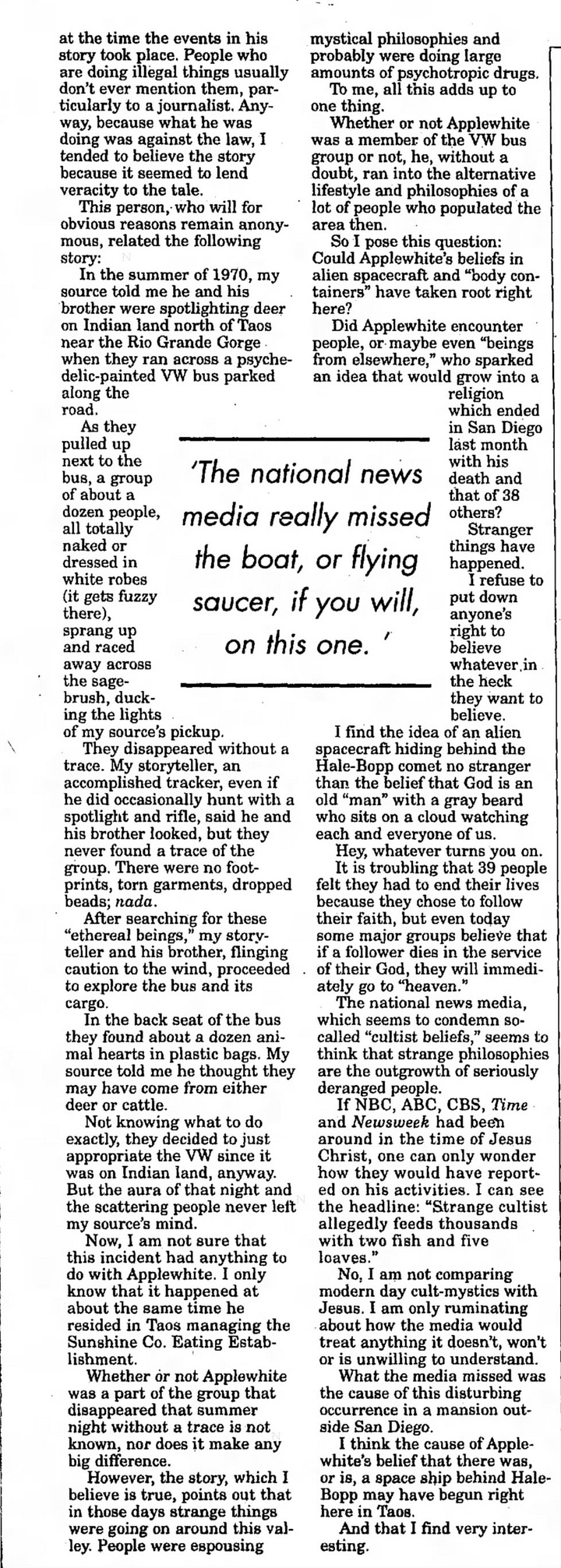
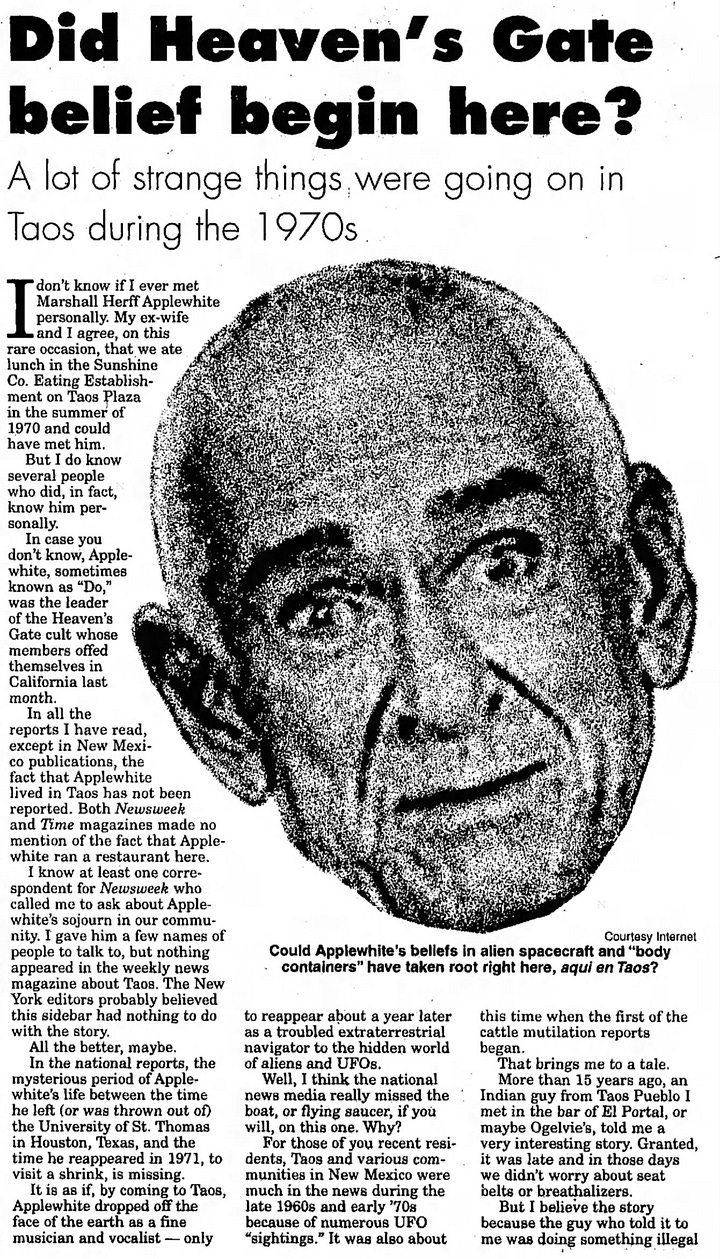
id
id
id
Vestal, T. (1997, April 3). Taoseños remember marshall applewhite as ‘sane,’ ‘intelligent.’ The Taos News.
id
id
id
id
Bell, supra note 18
Vestal, supra note 141
Lawrence, D. H. (1926). Mornings in Mexico. Martin Secker, p. 175.


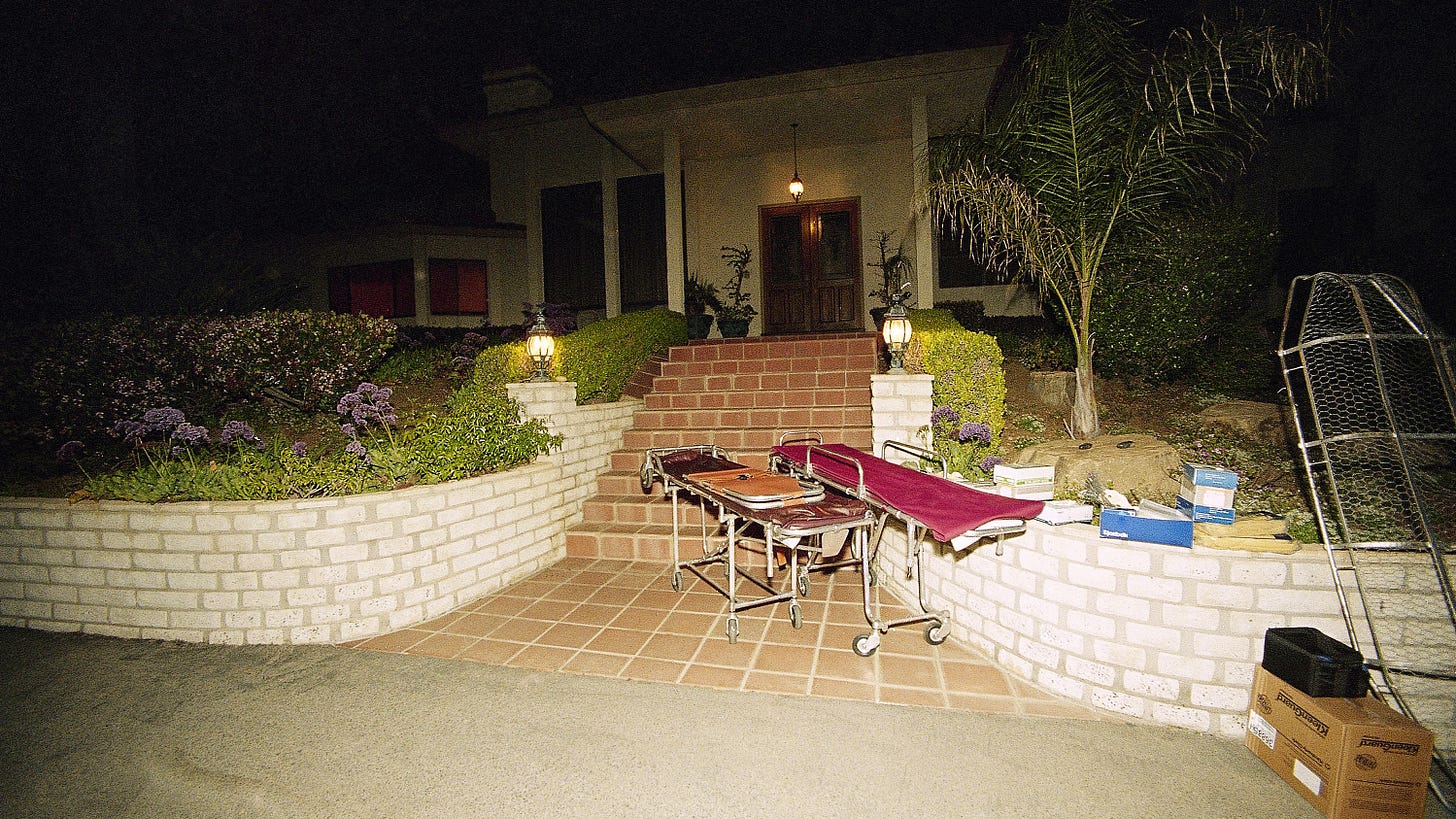
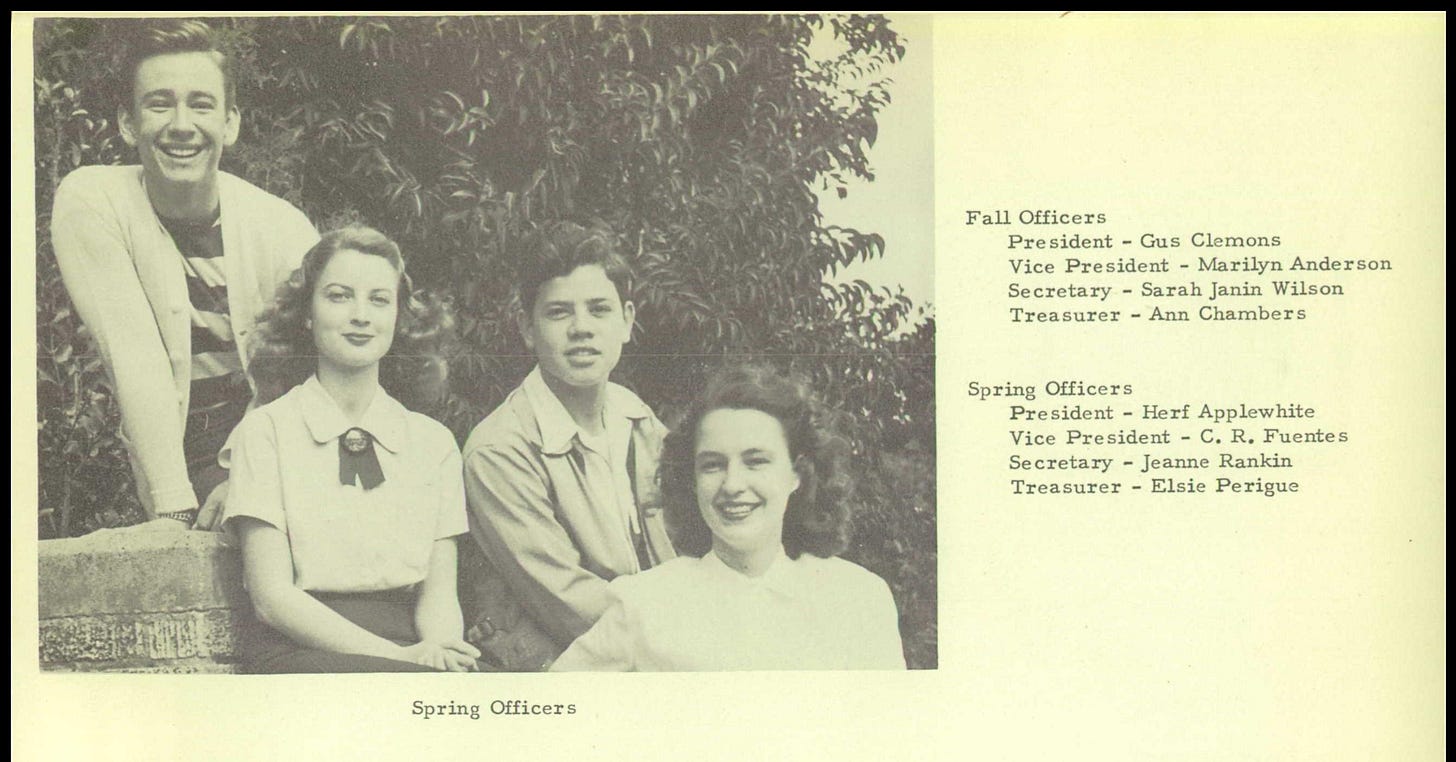



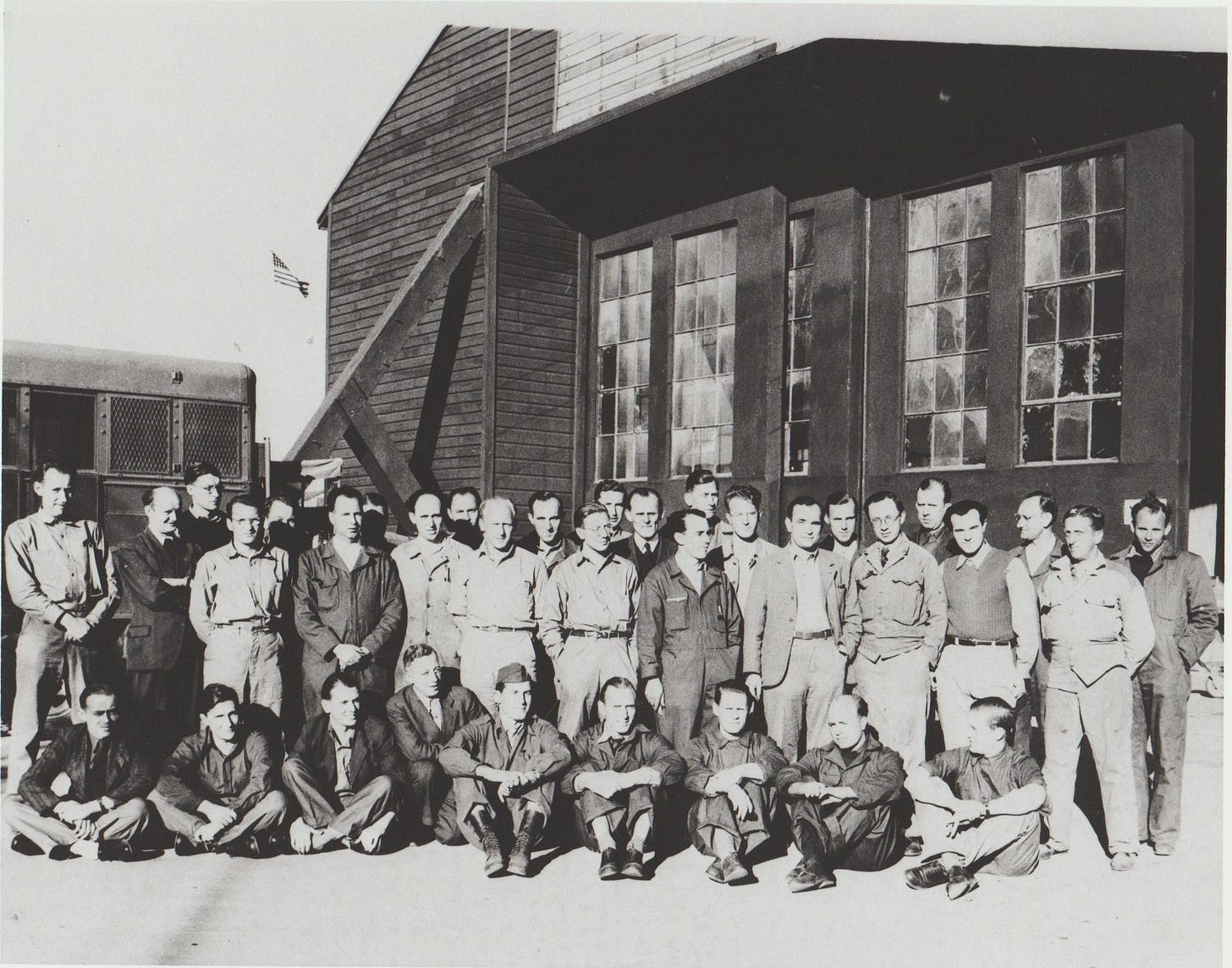

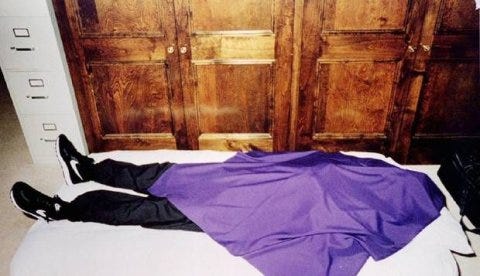

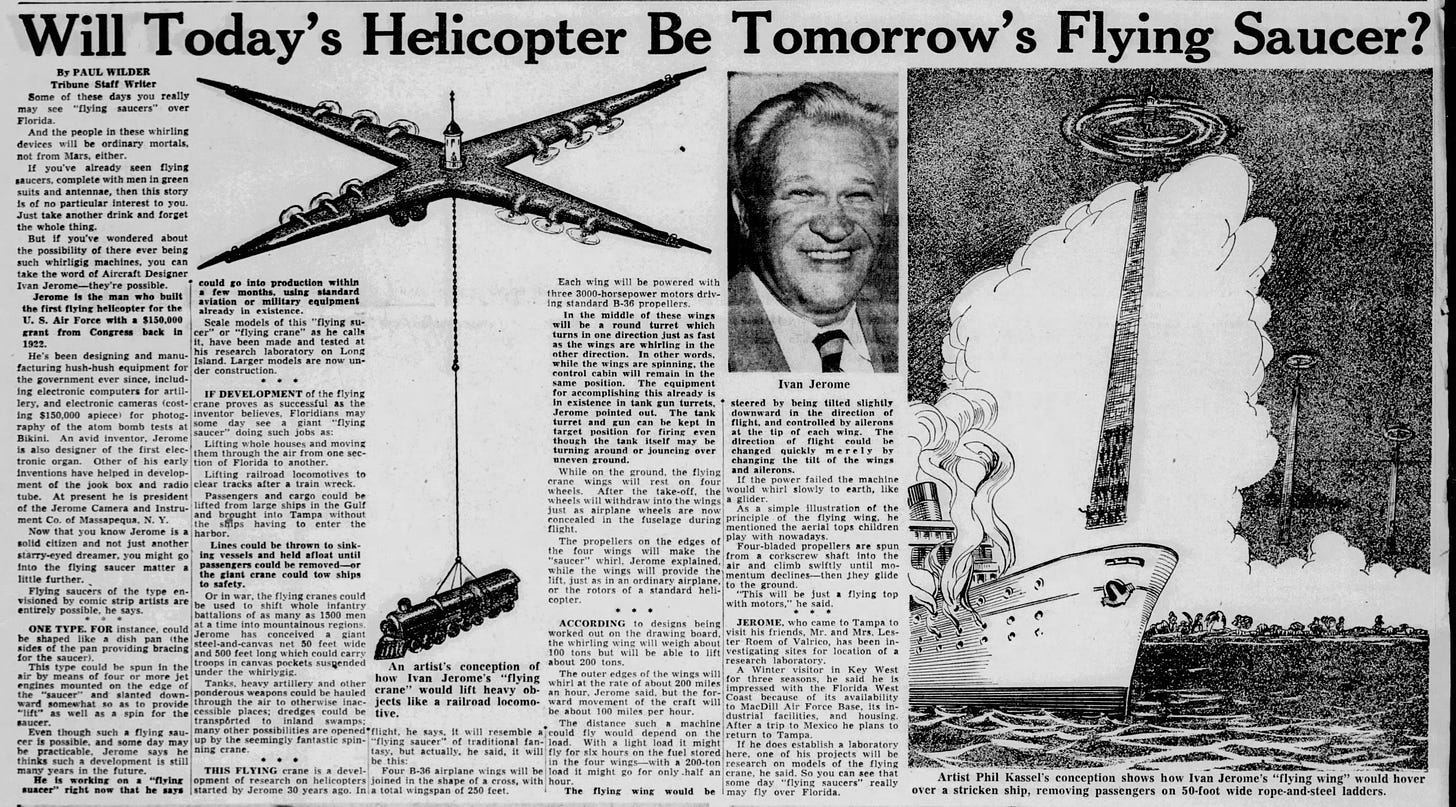


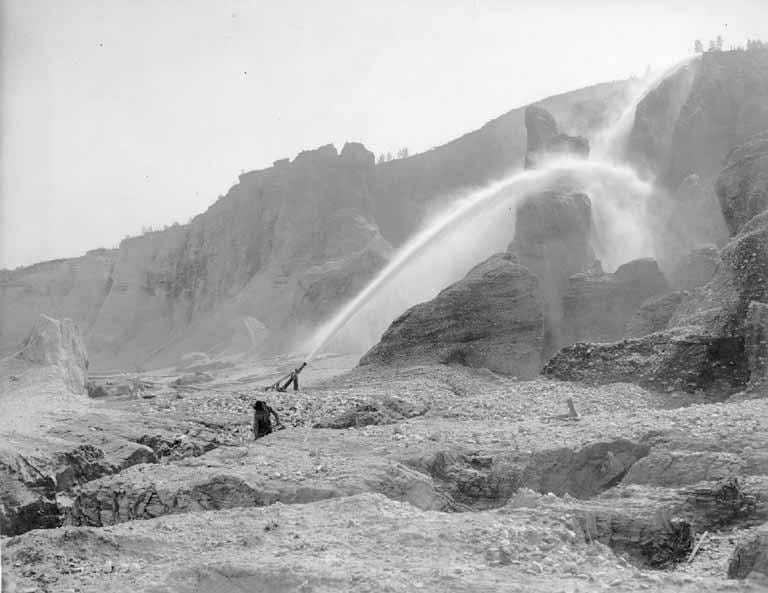

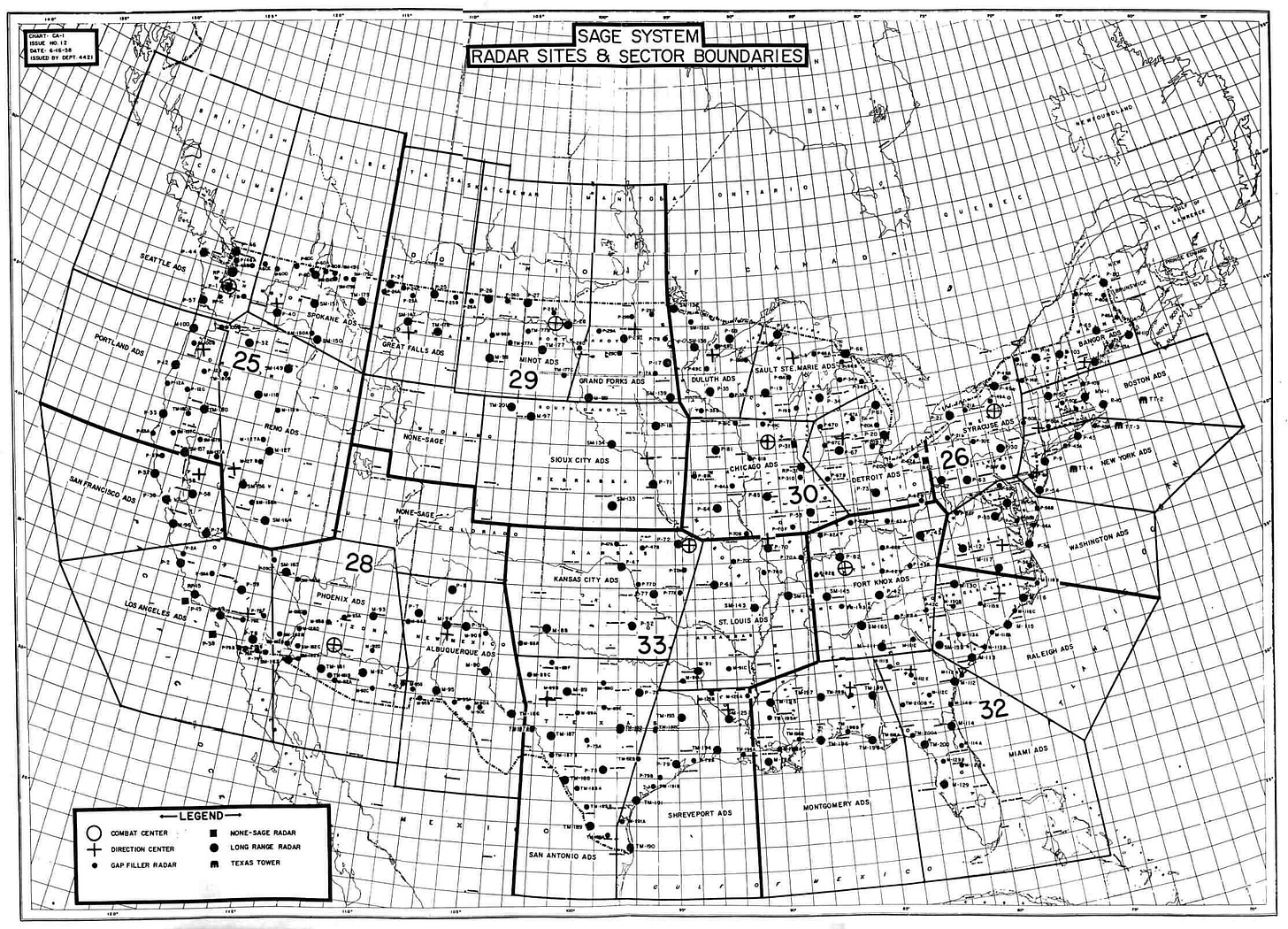
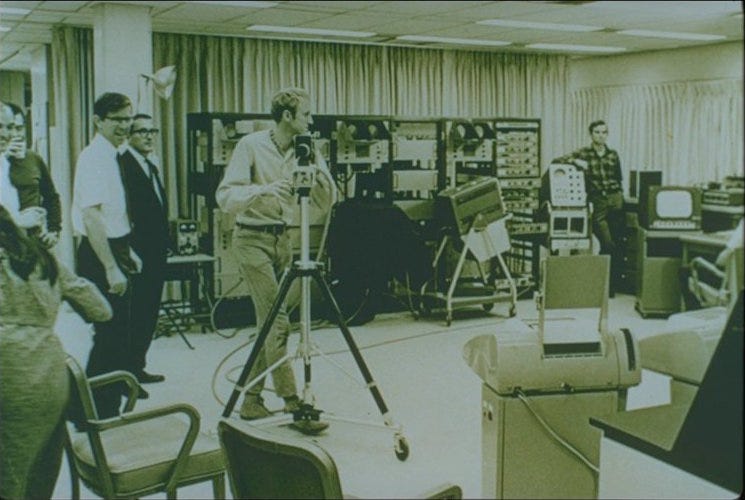



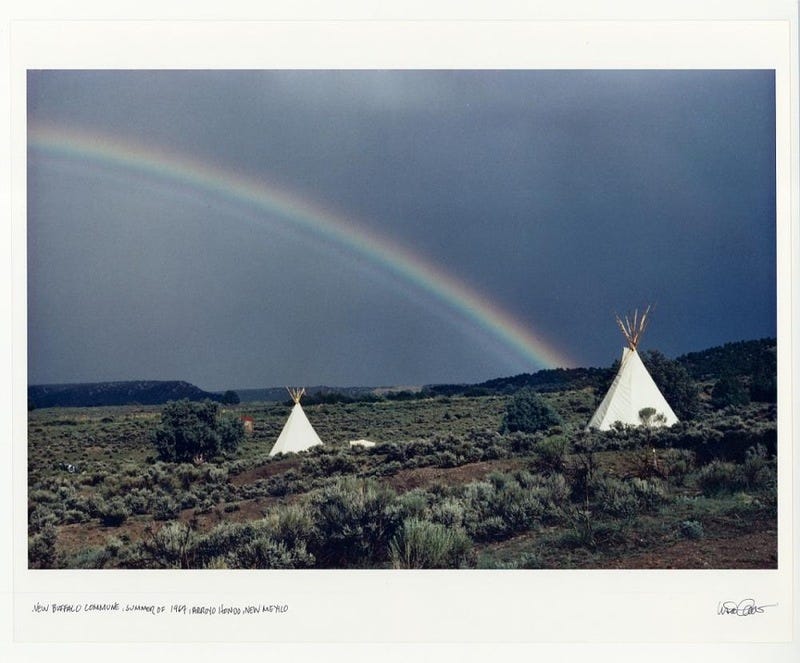
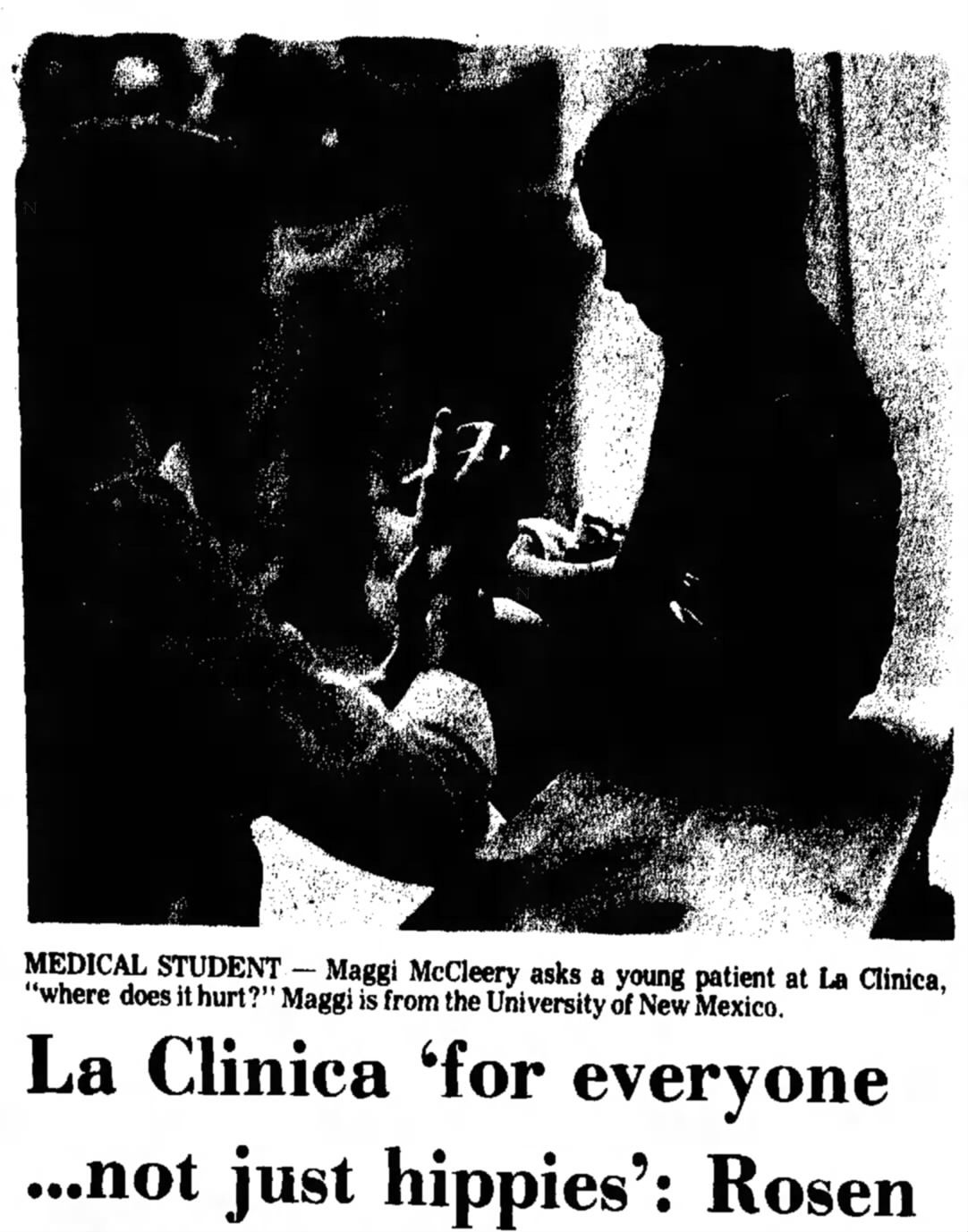
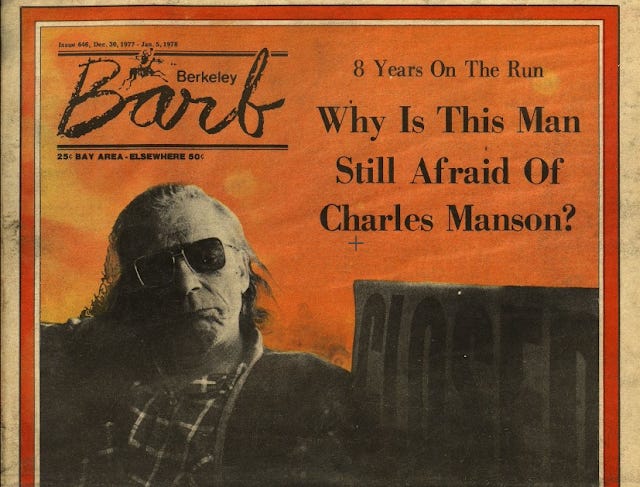


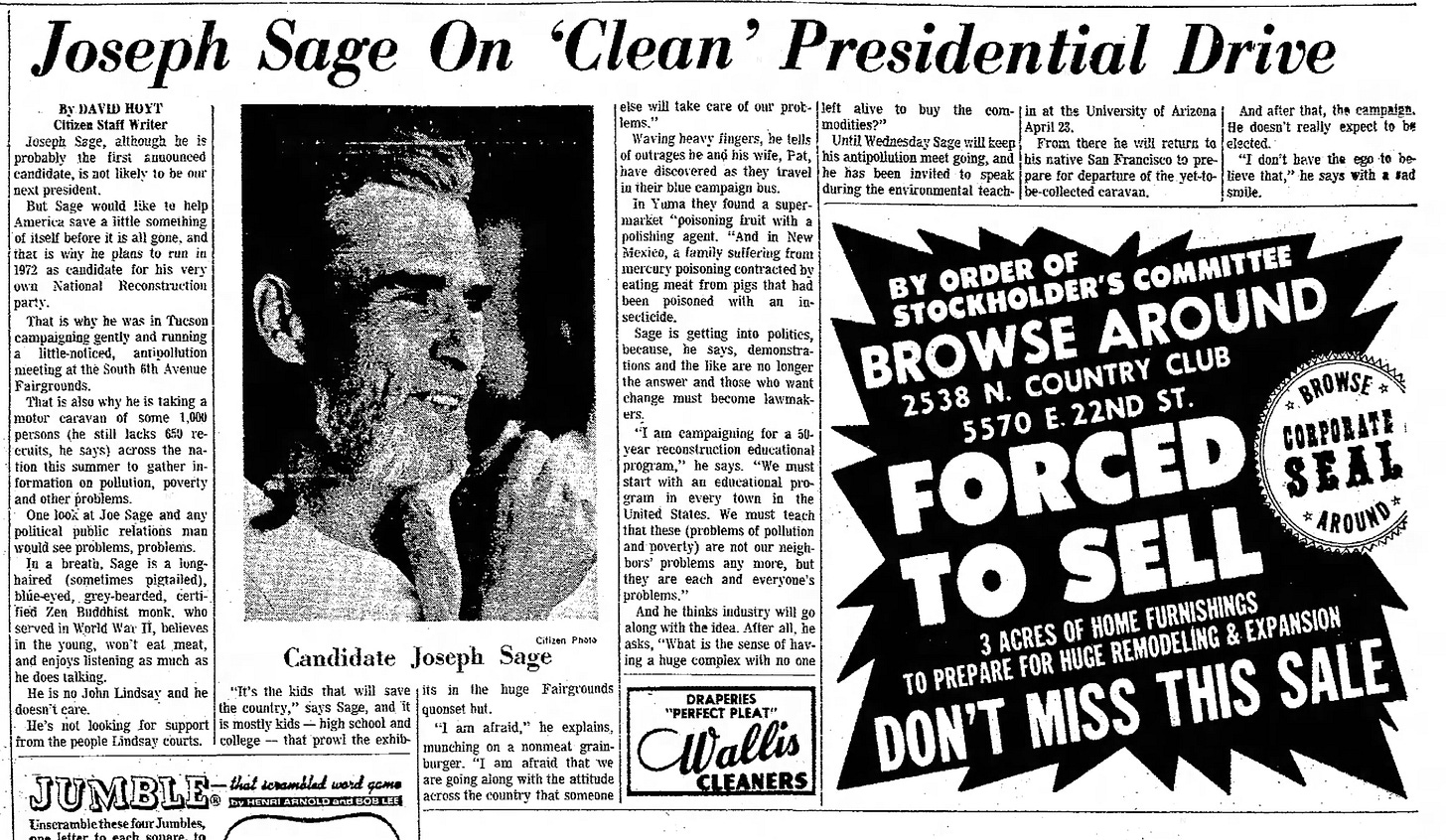


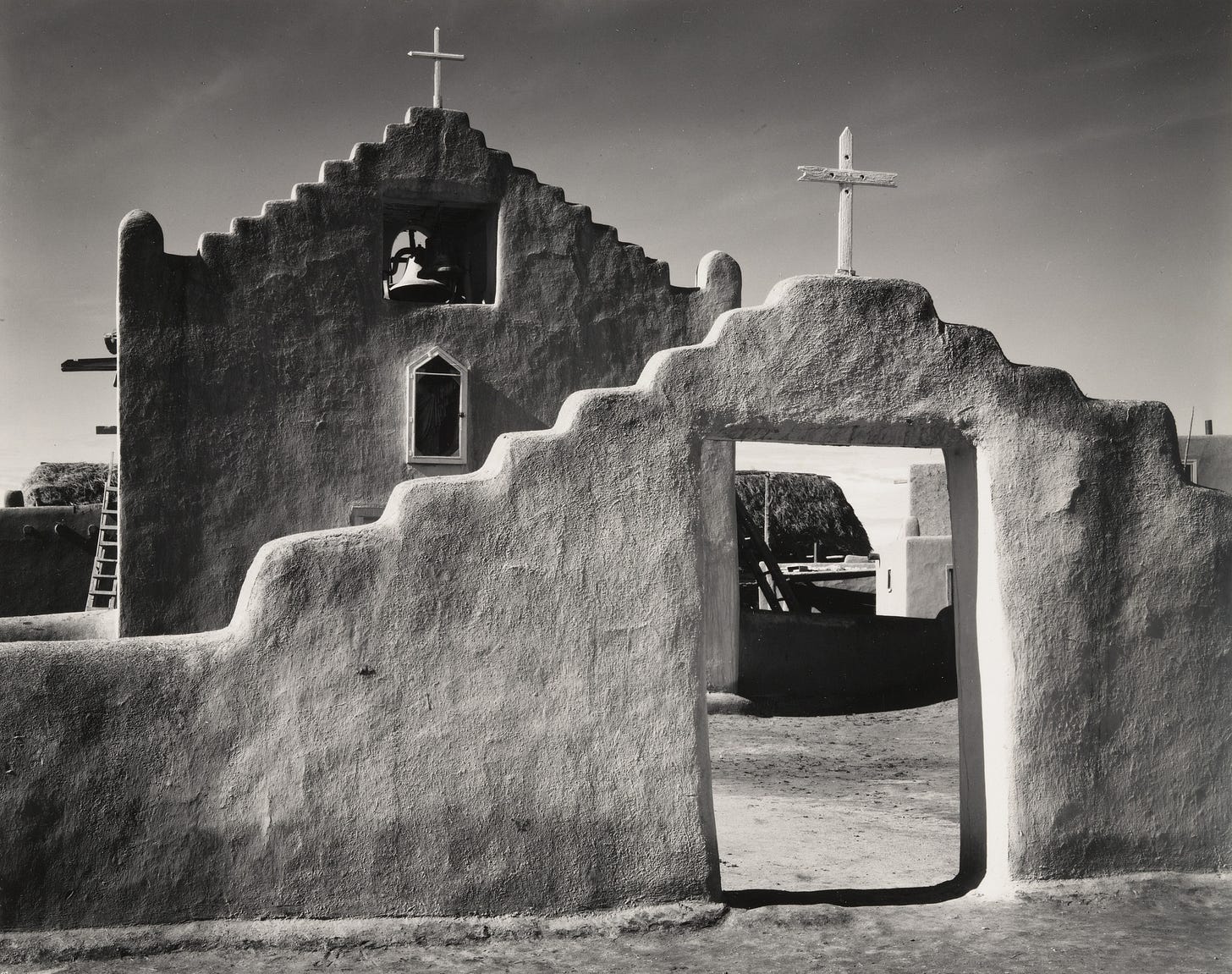

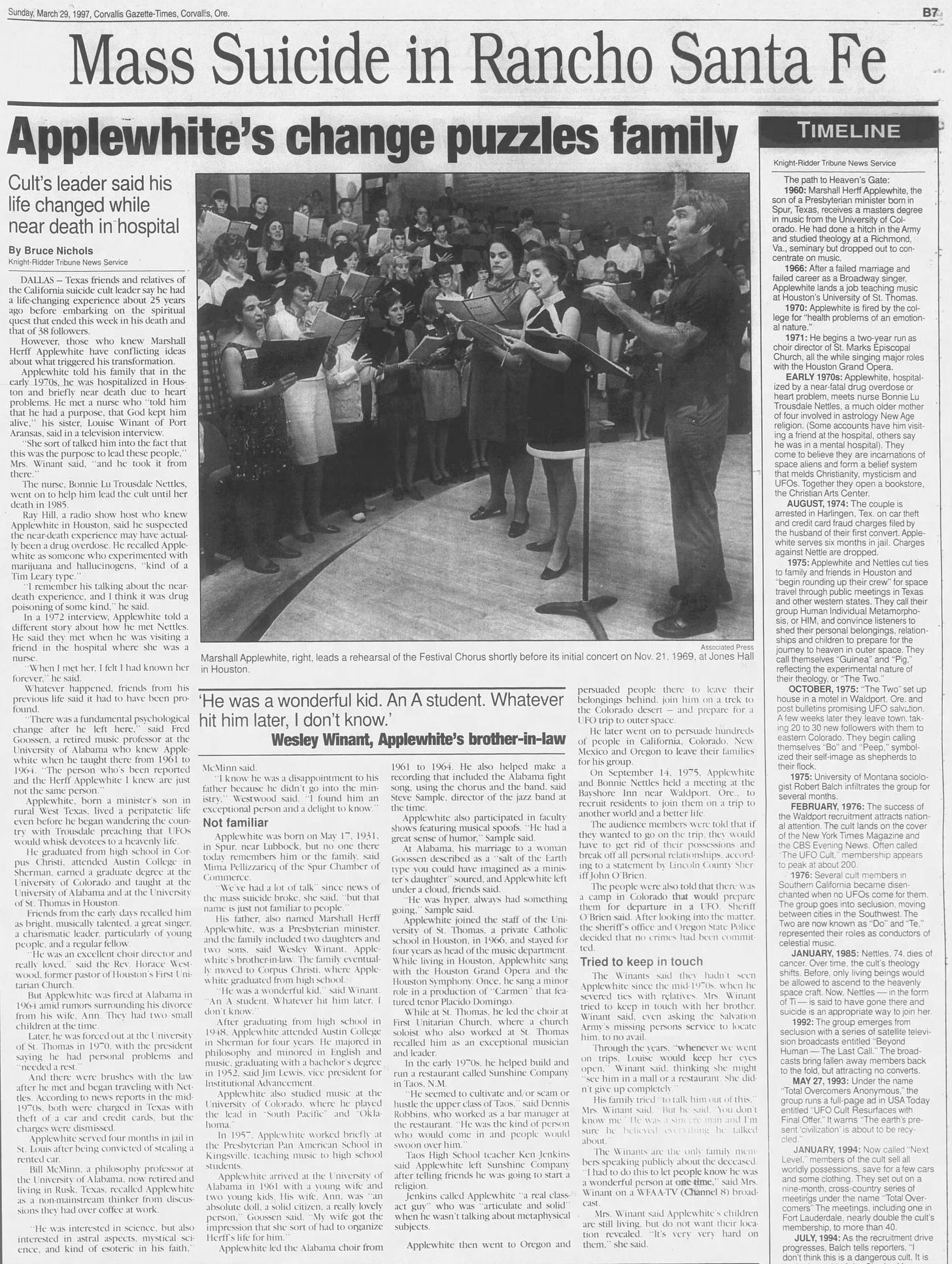

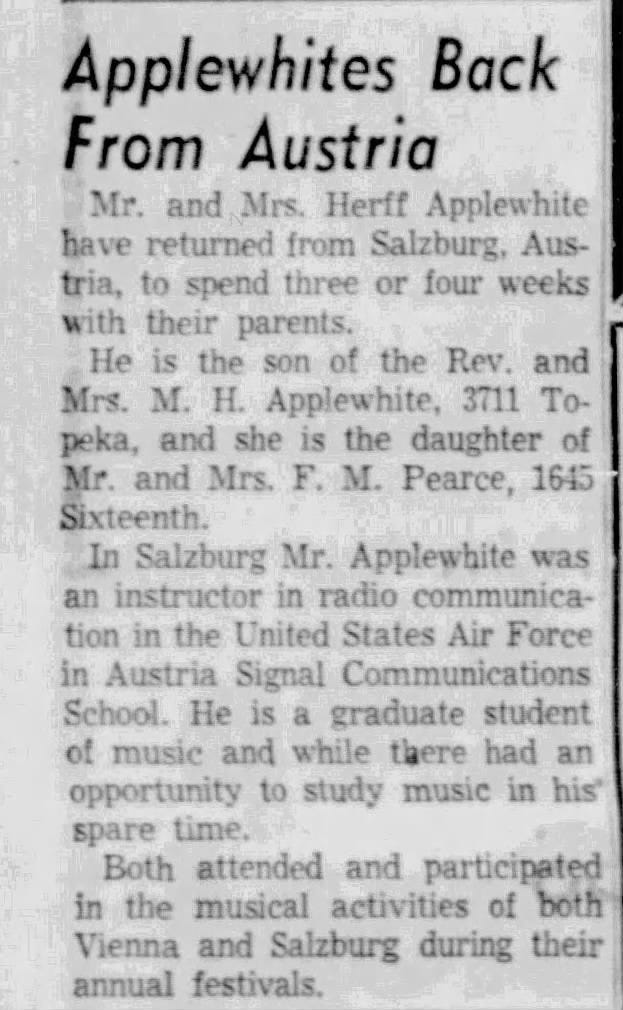

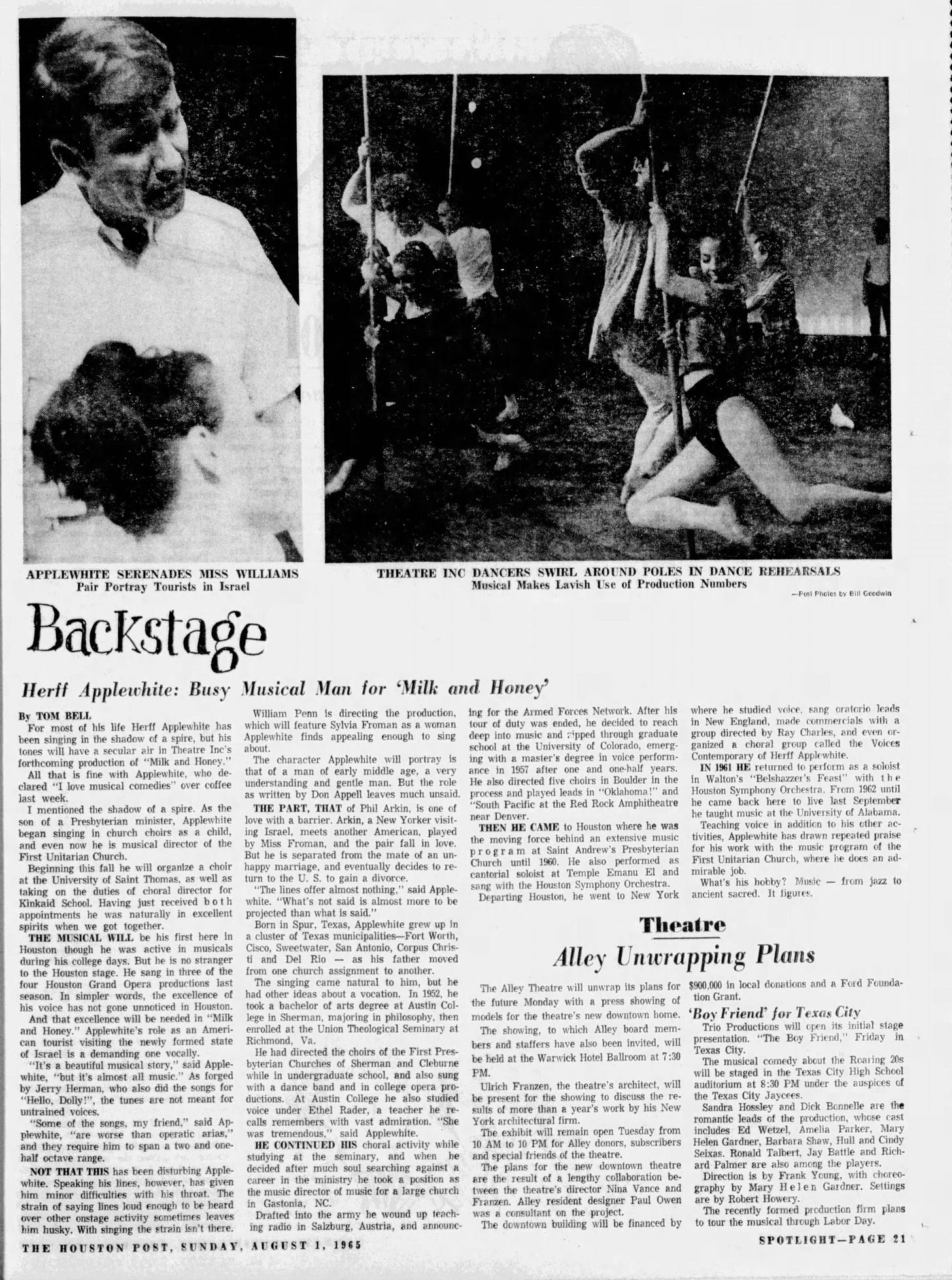
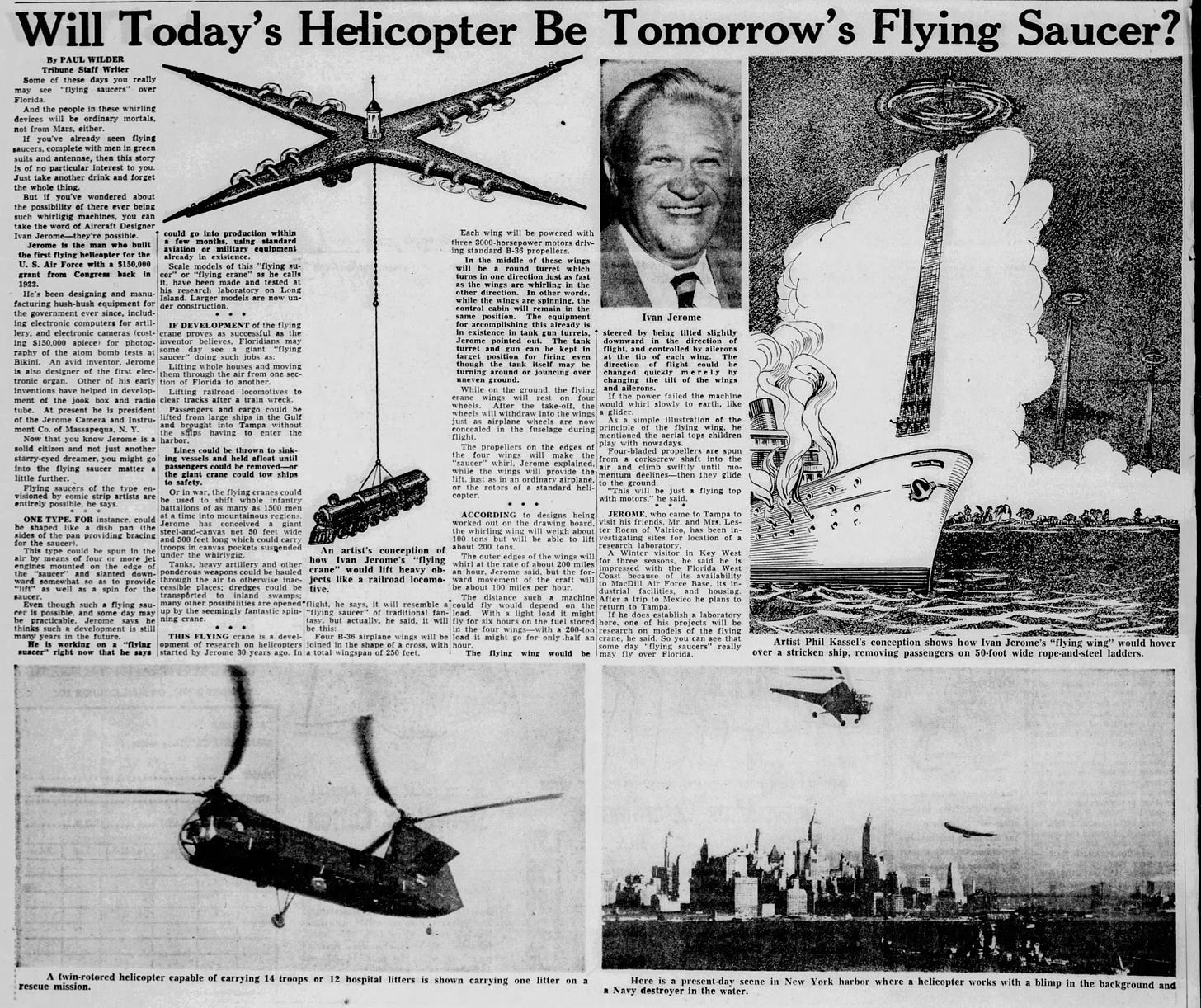




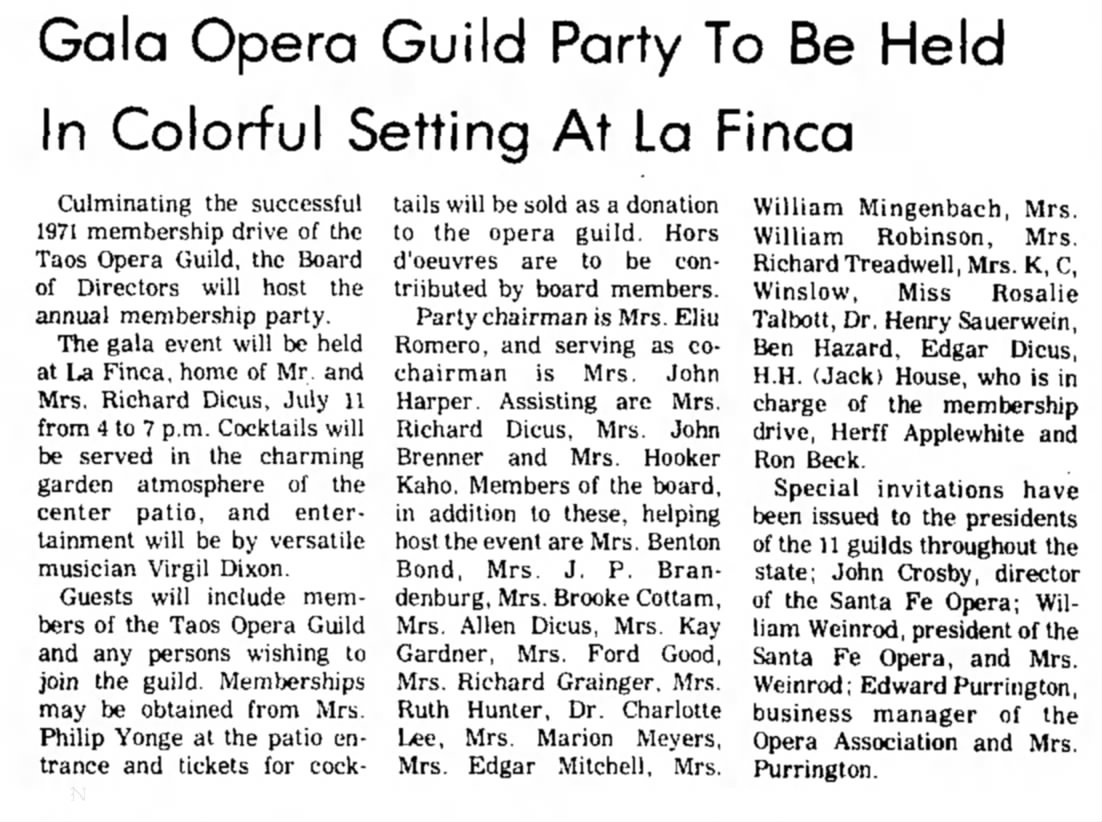
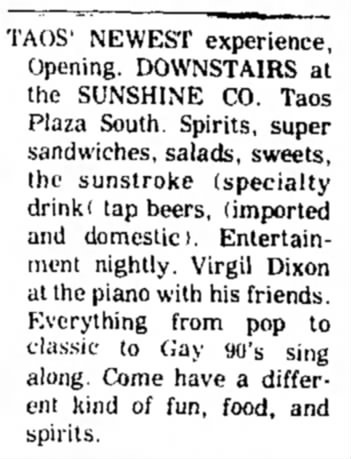
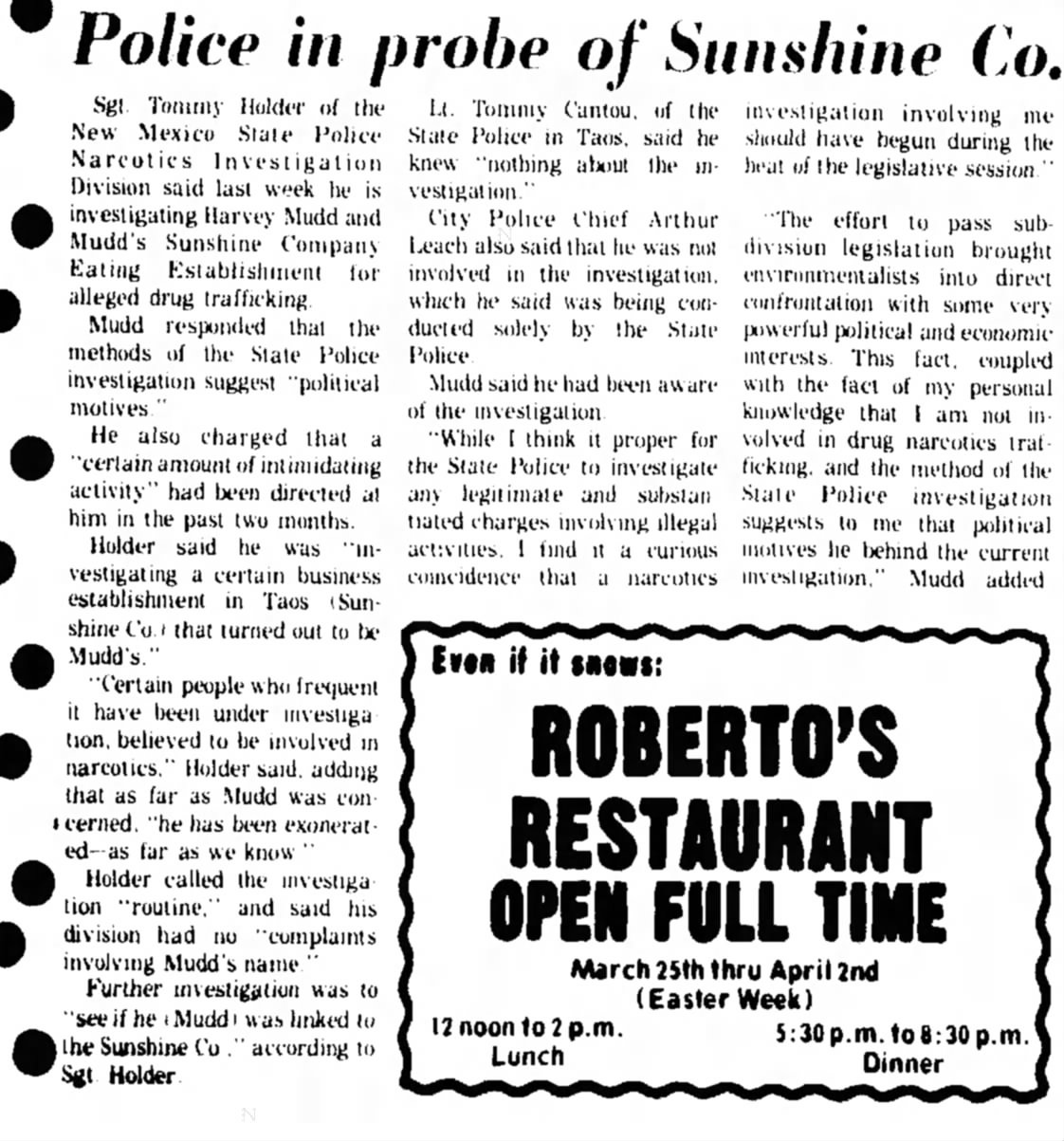



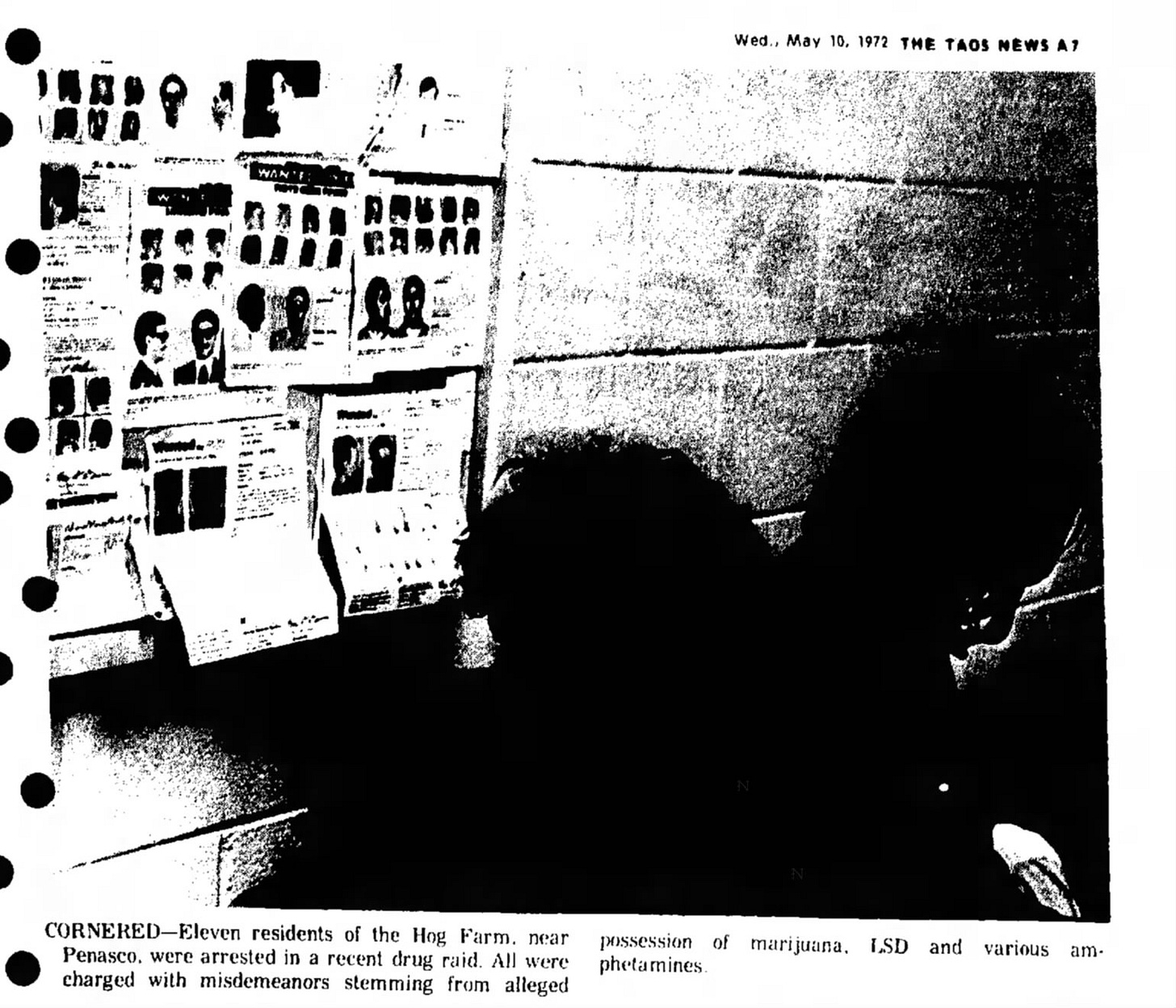
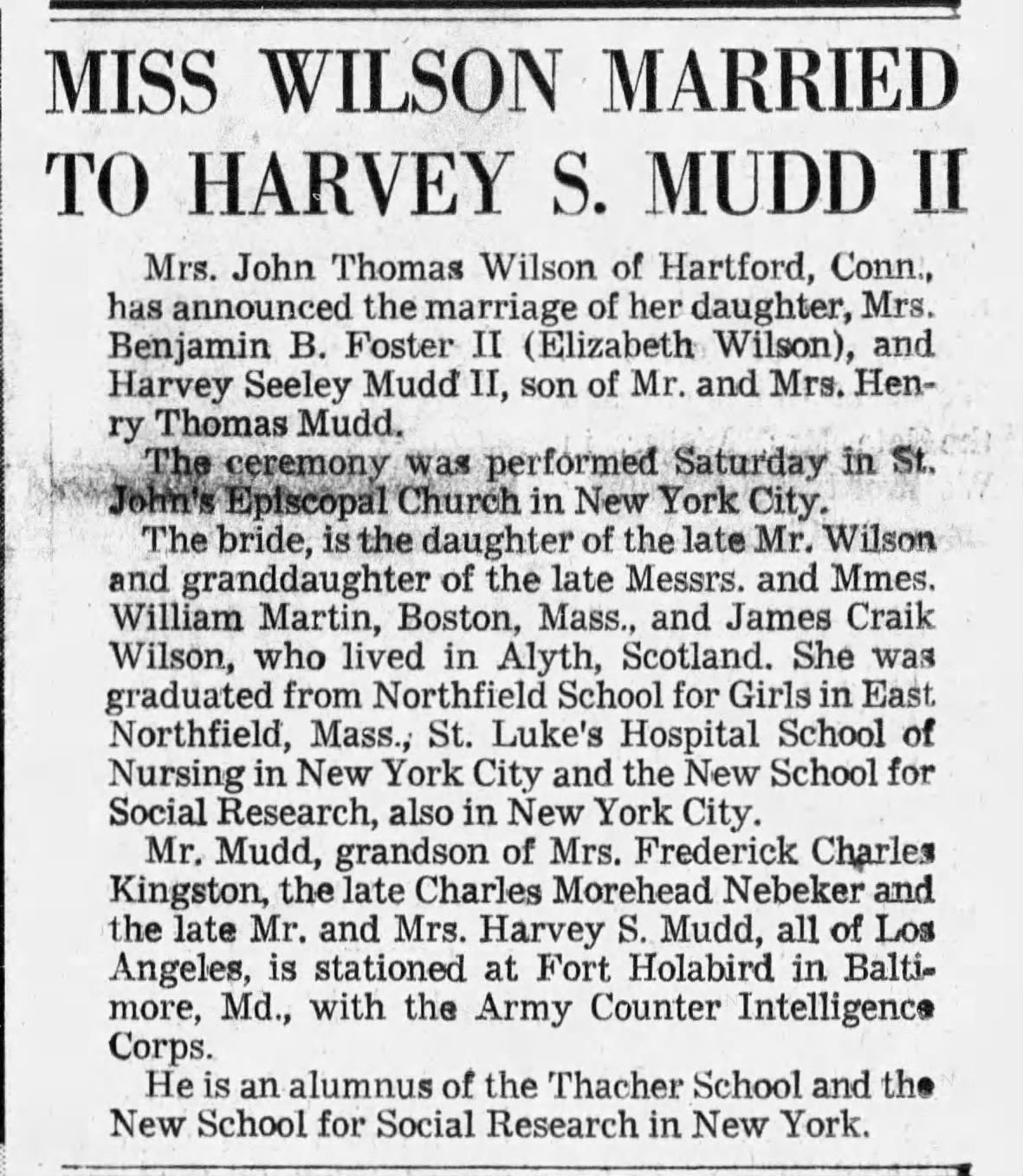
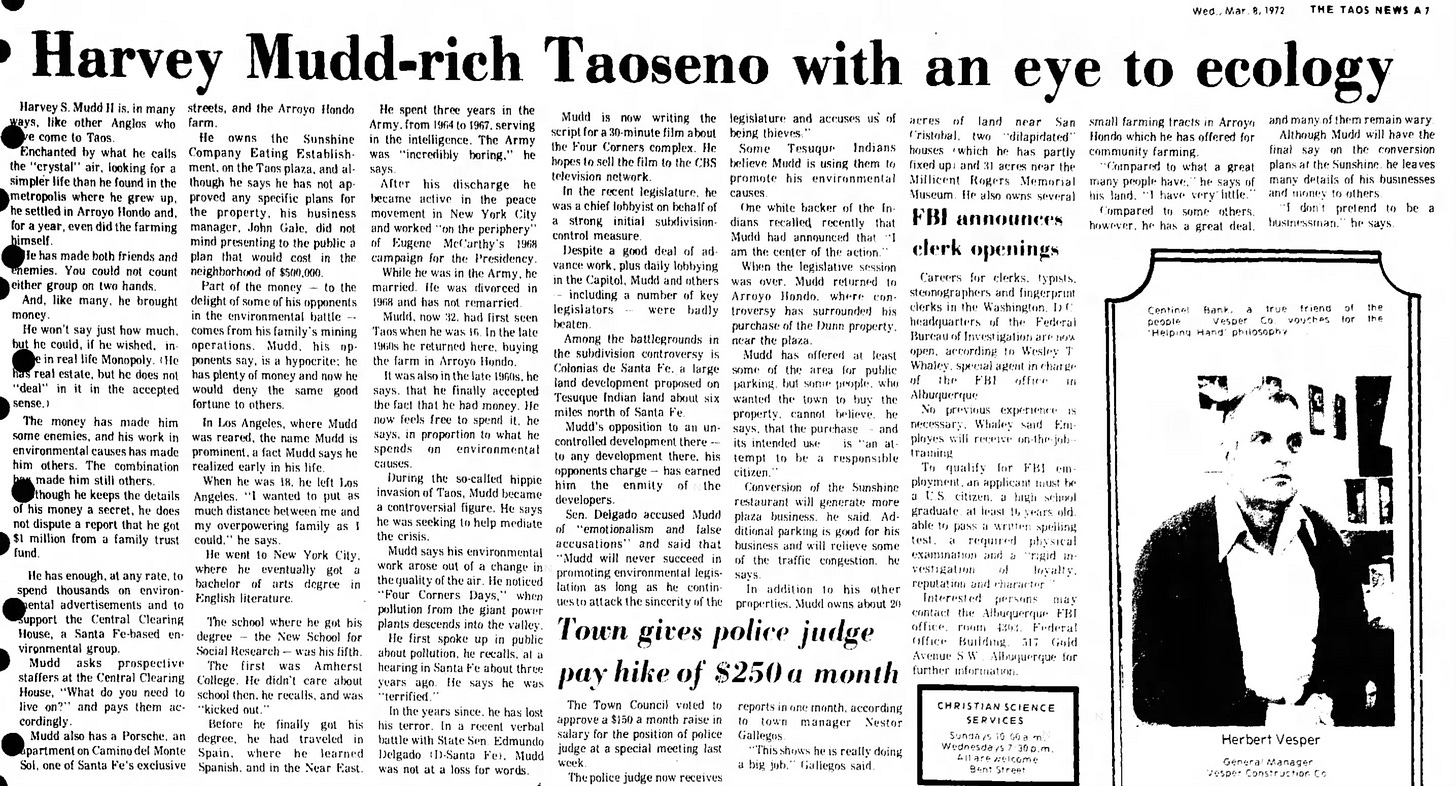









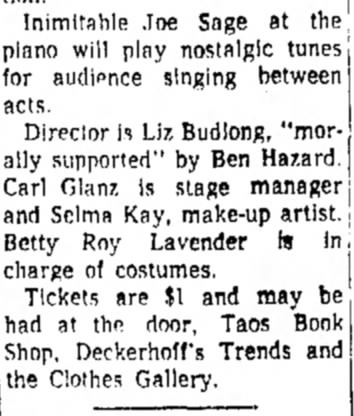

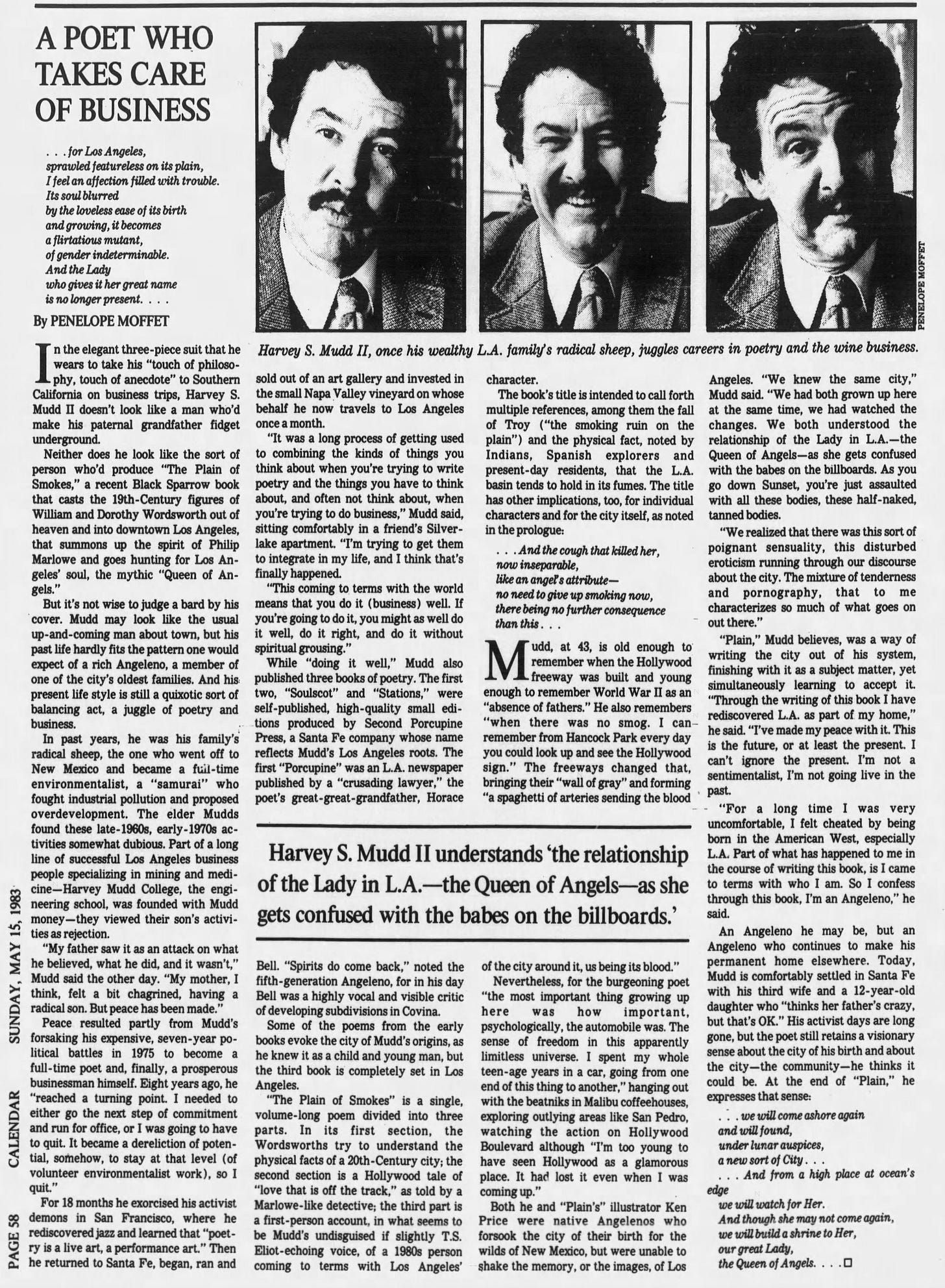
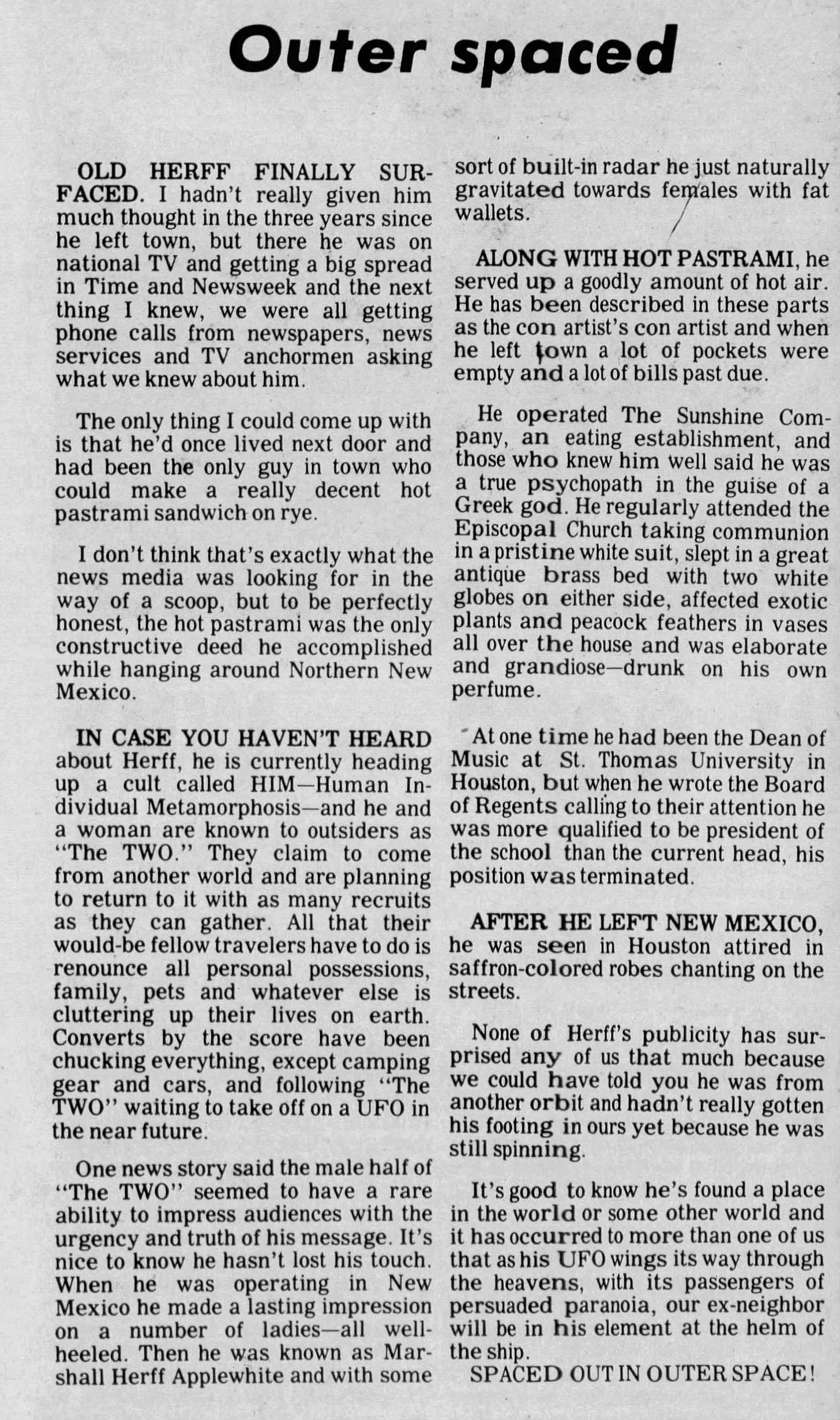
Thank you for all the work you've done. What a great article. Im sincerely looking forward to the work you put out.